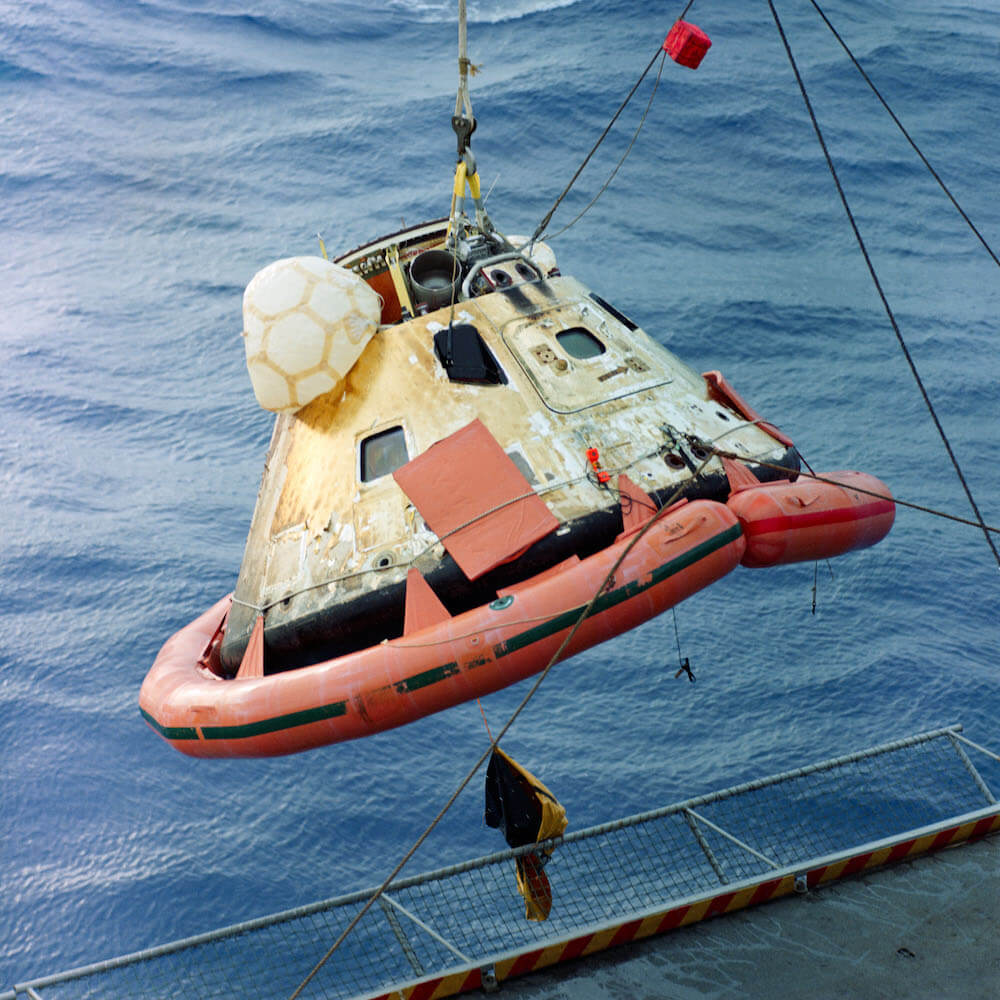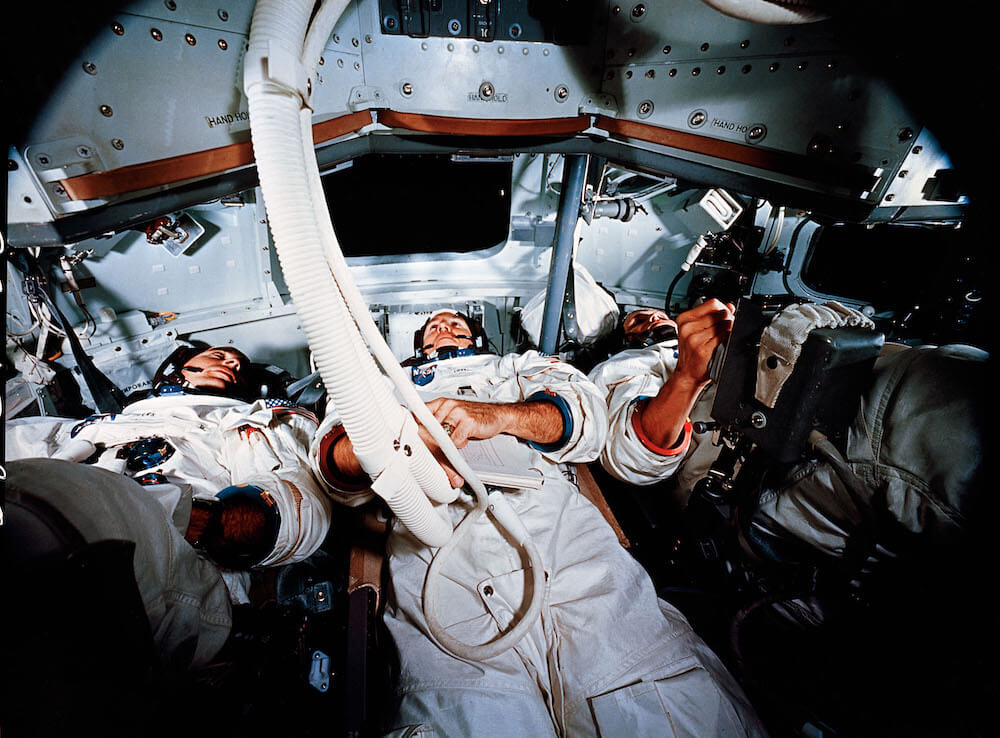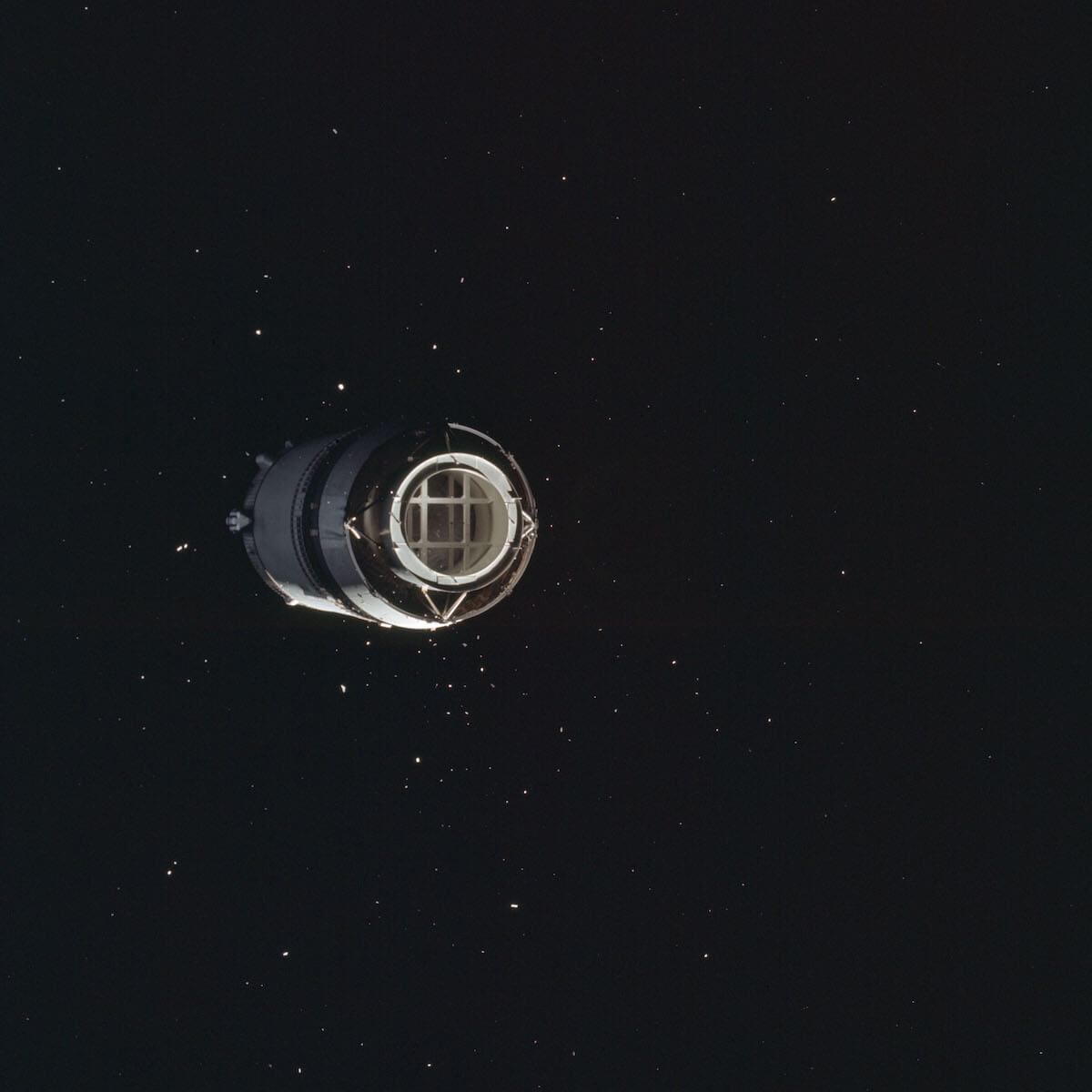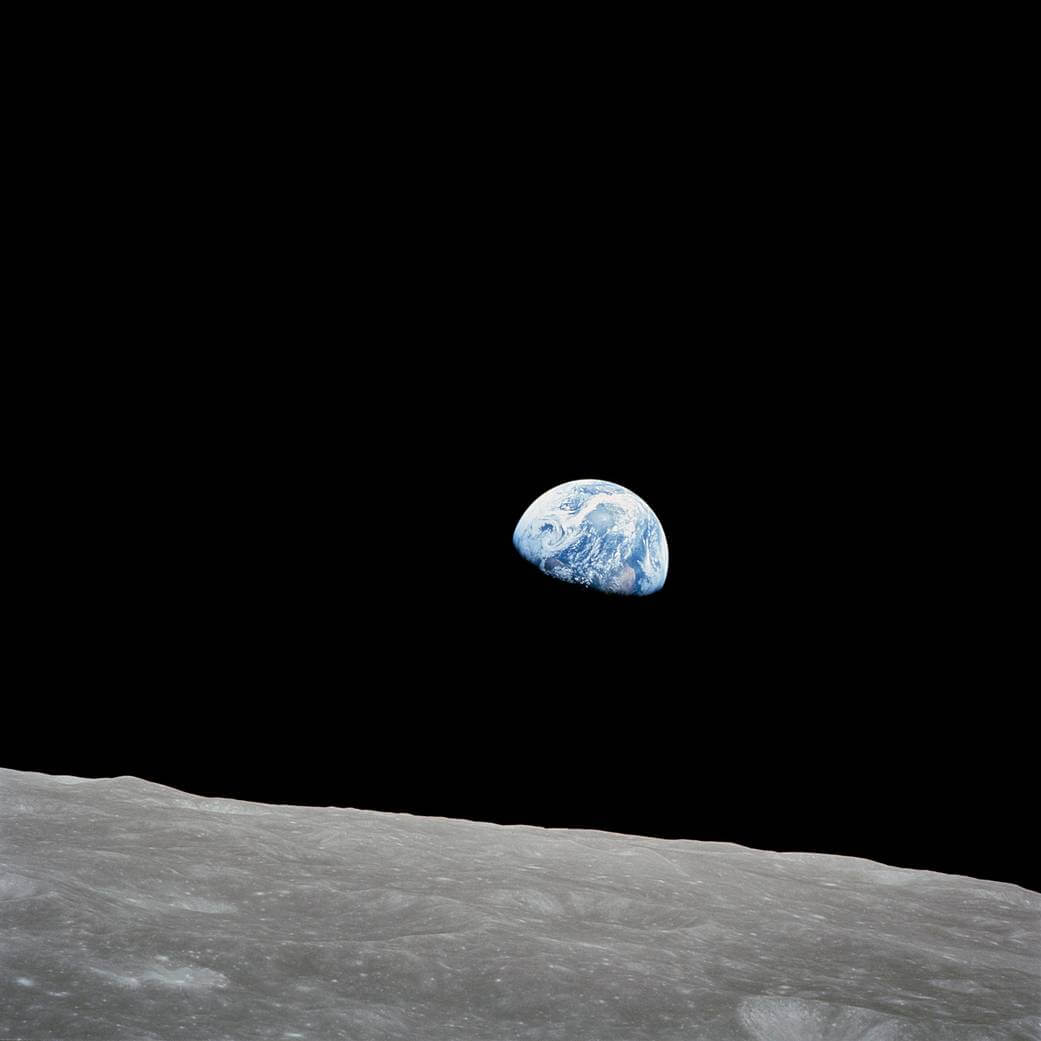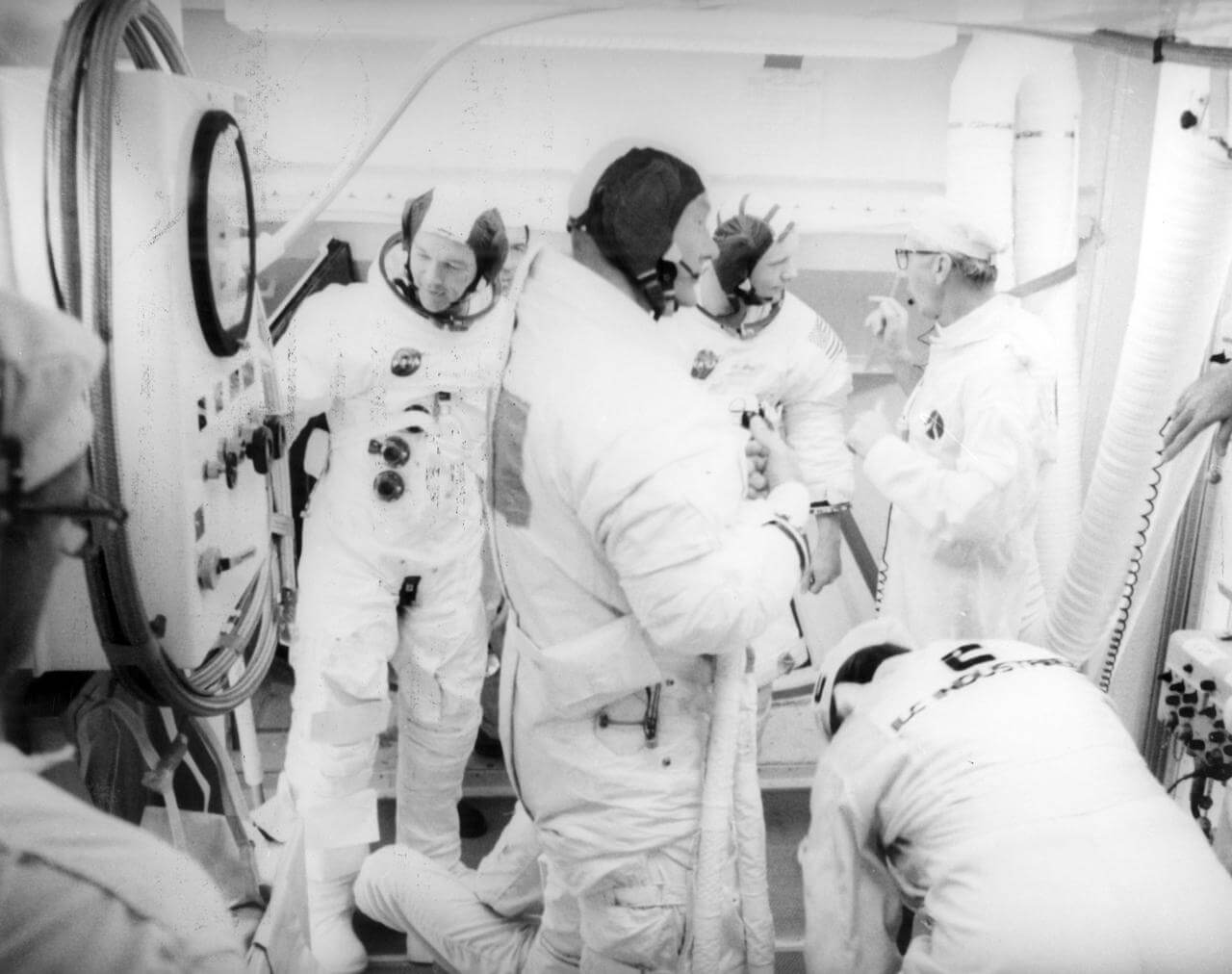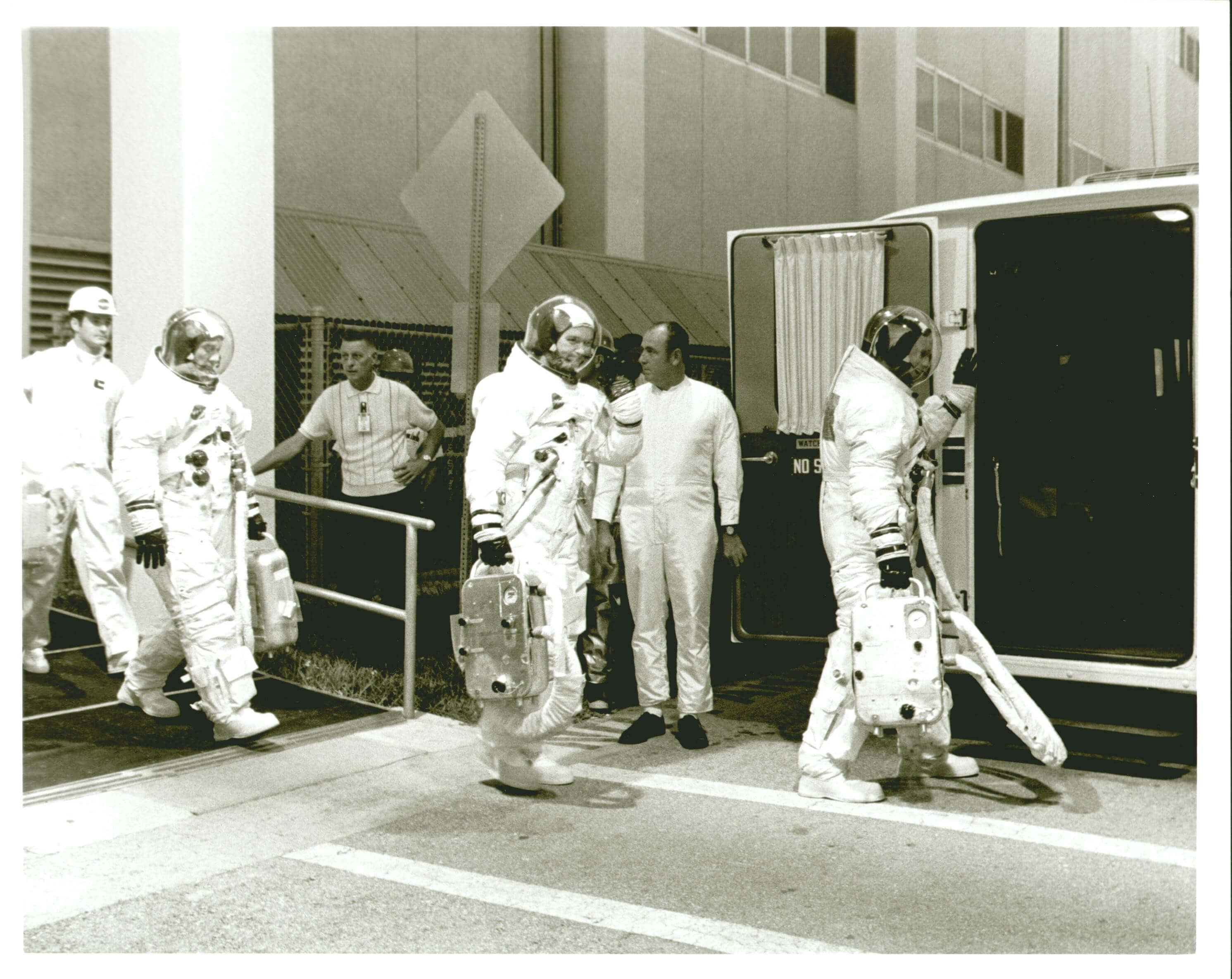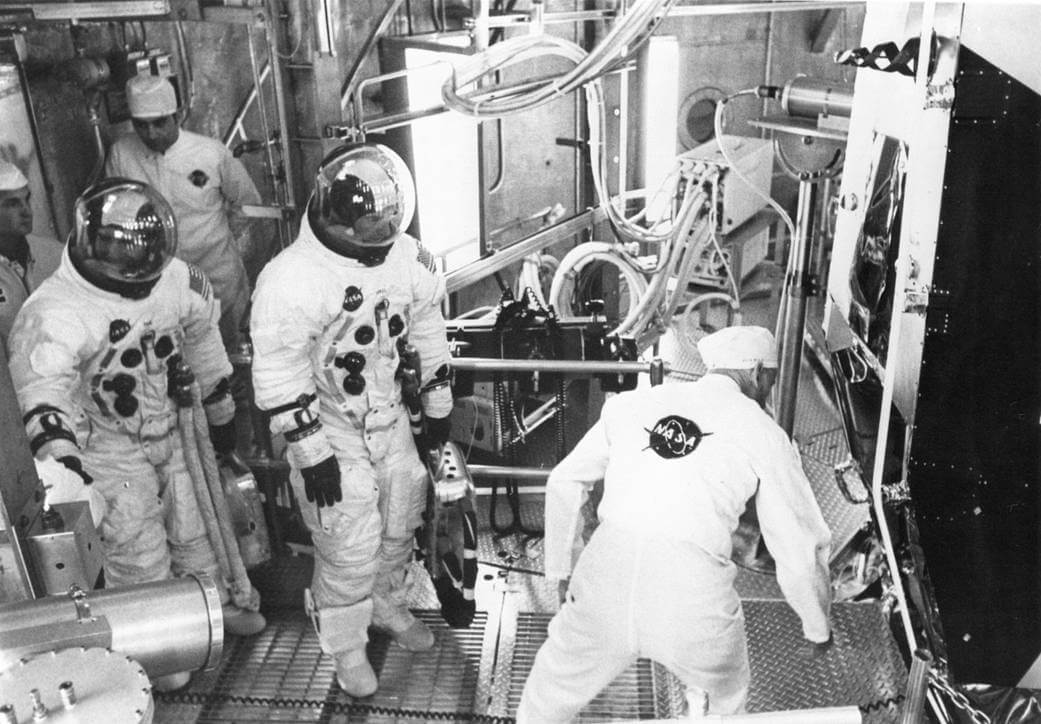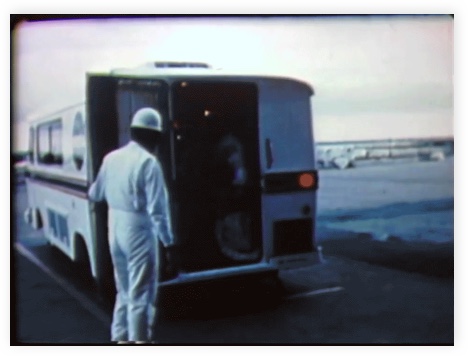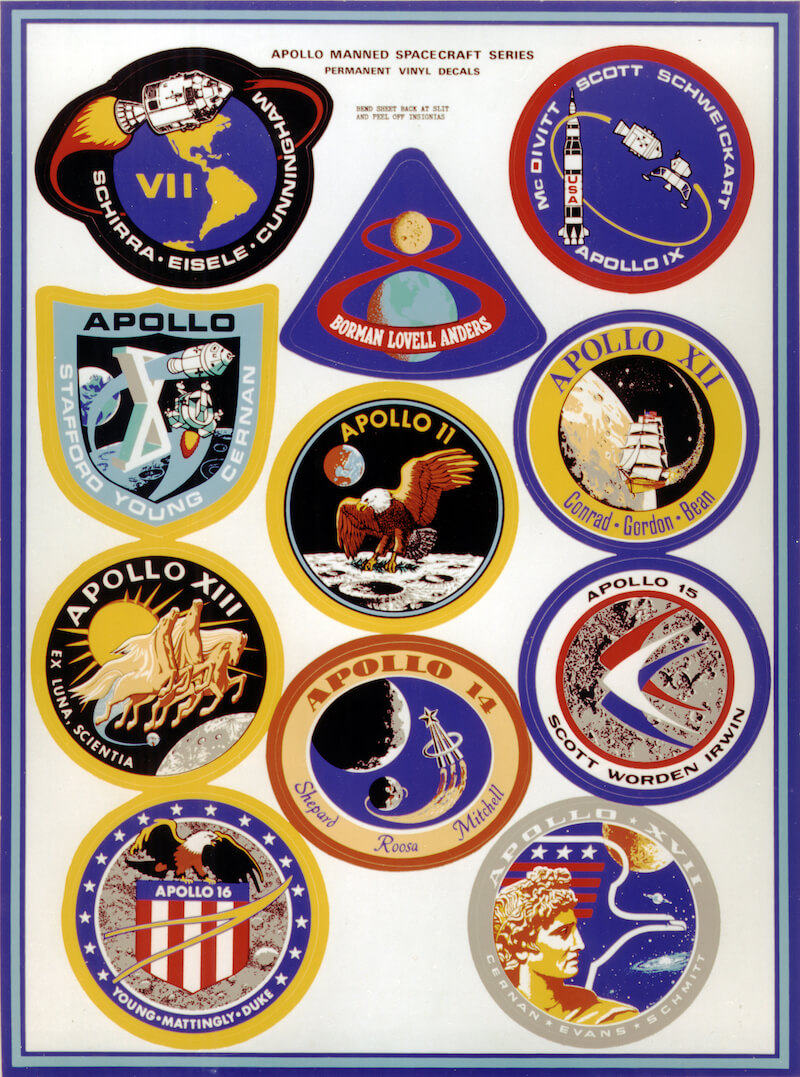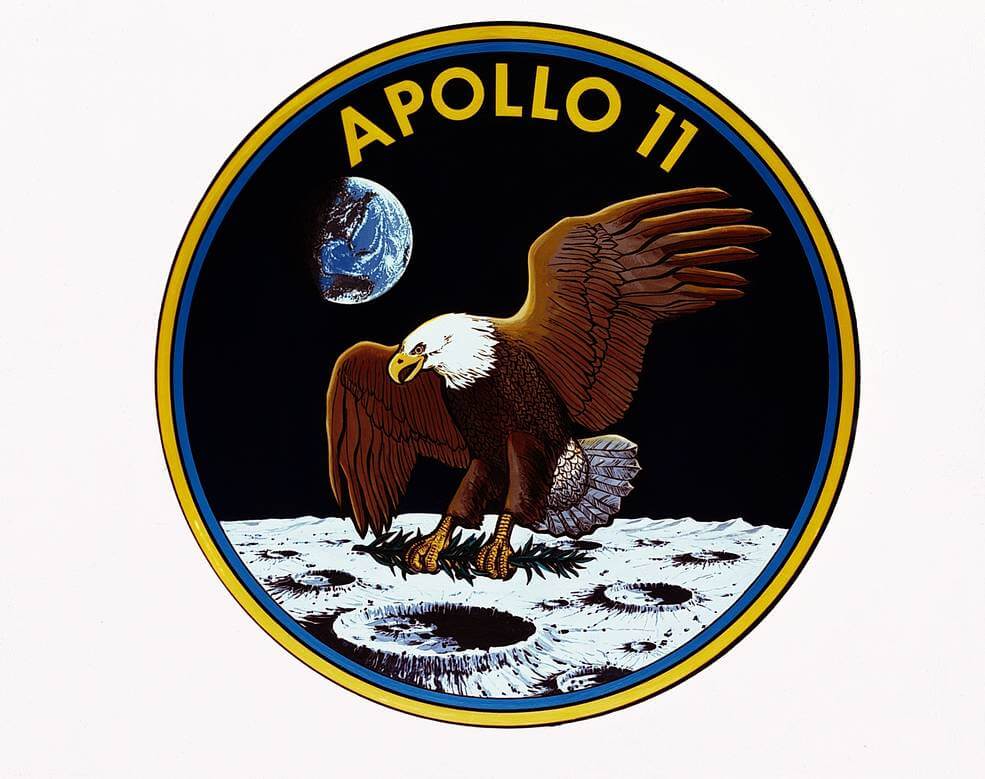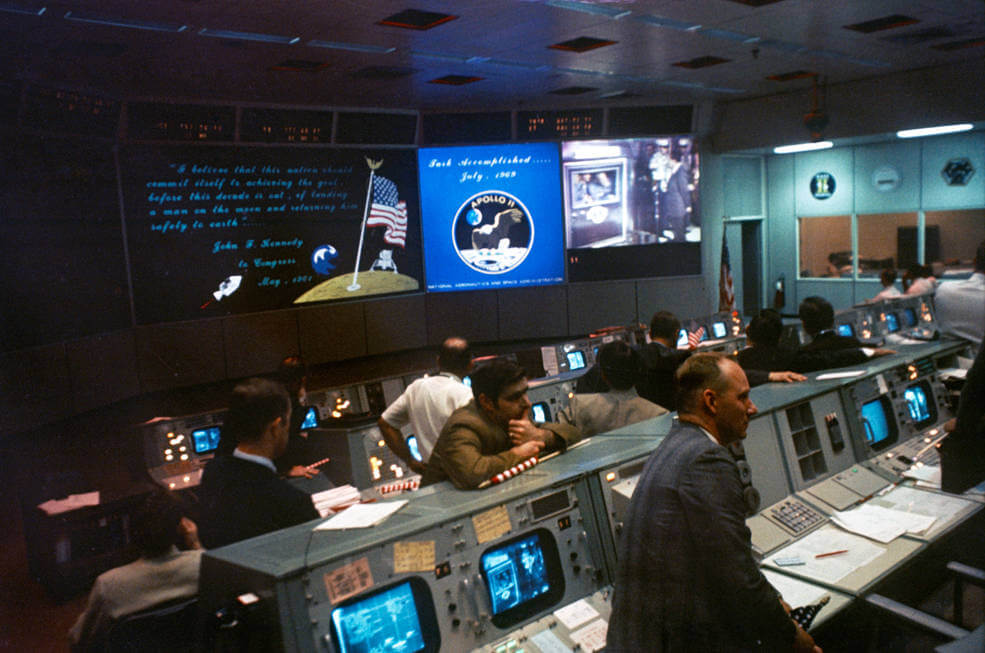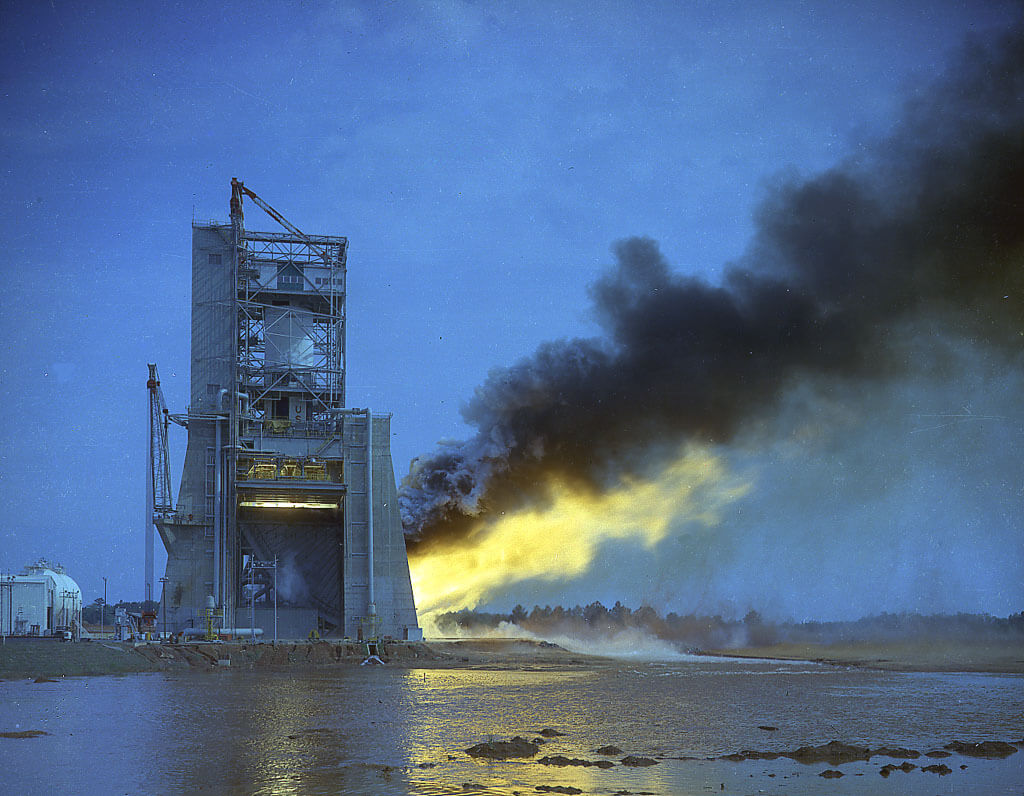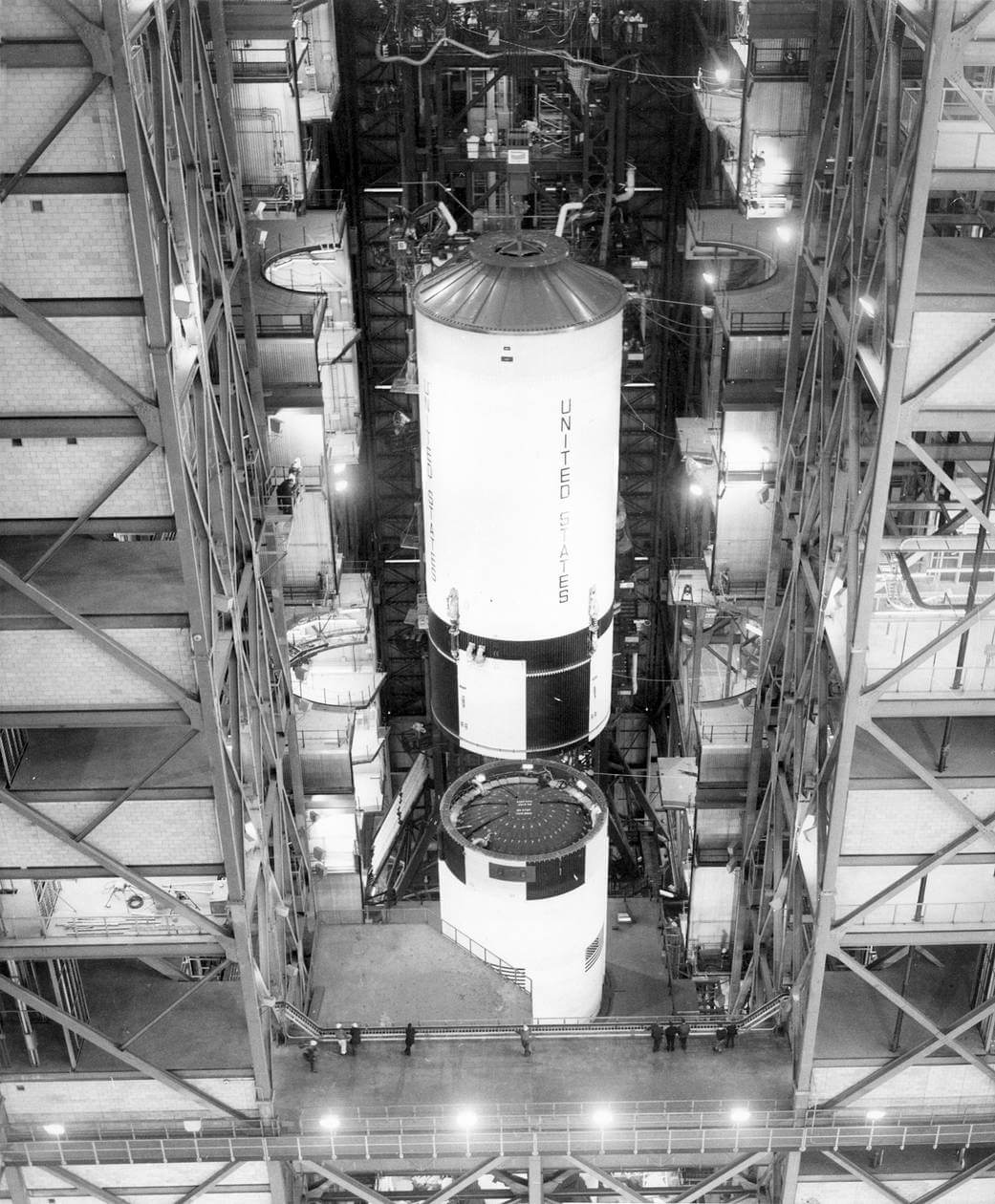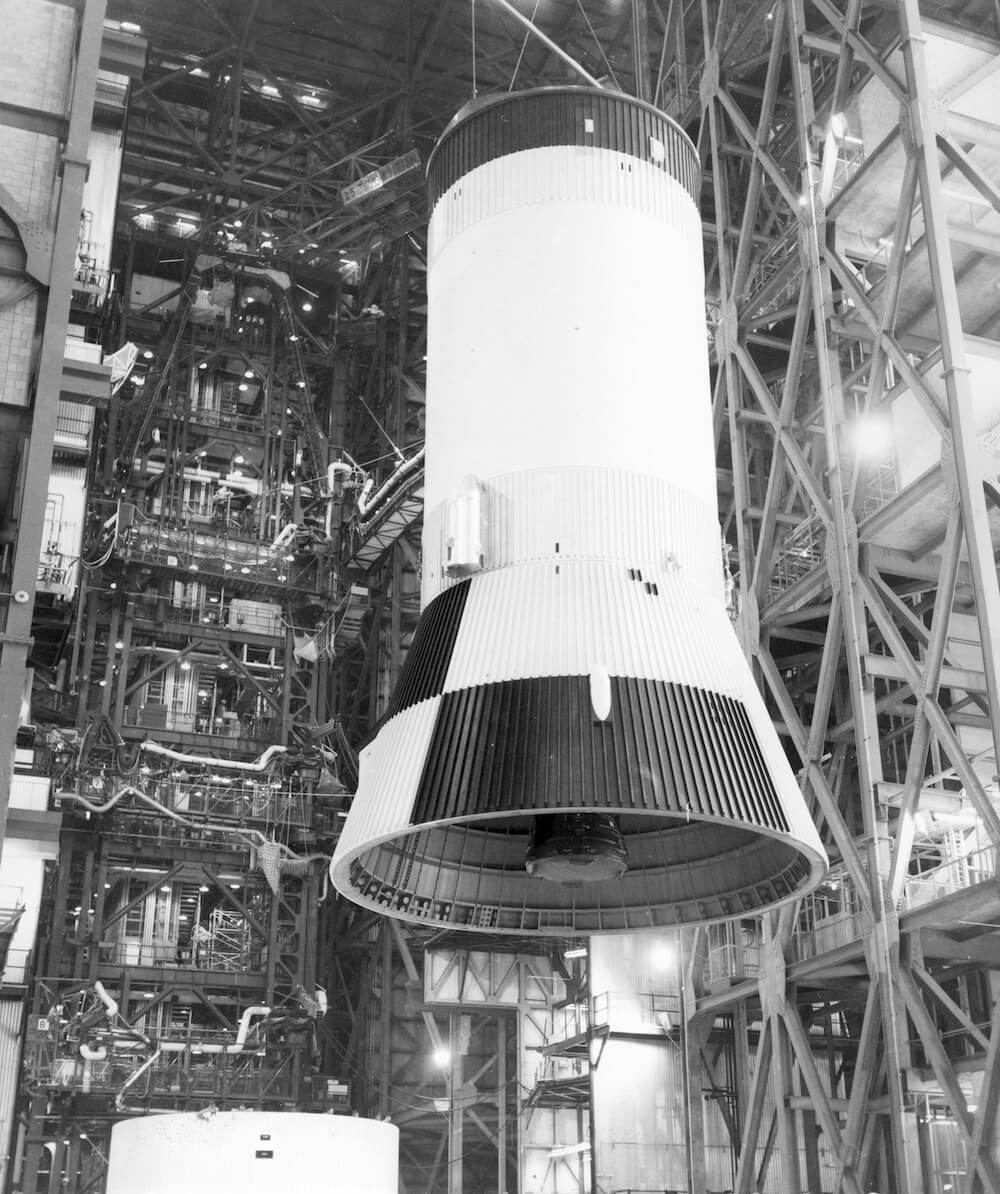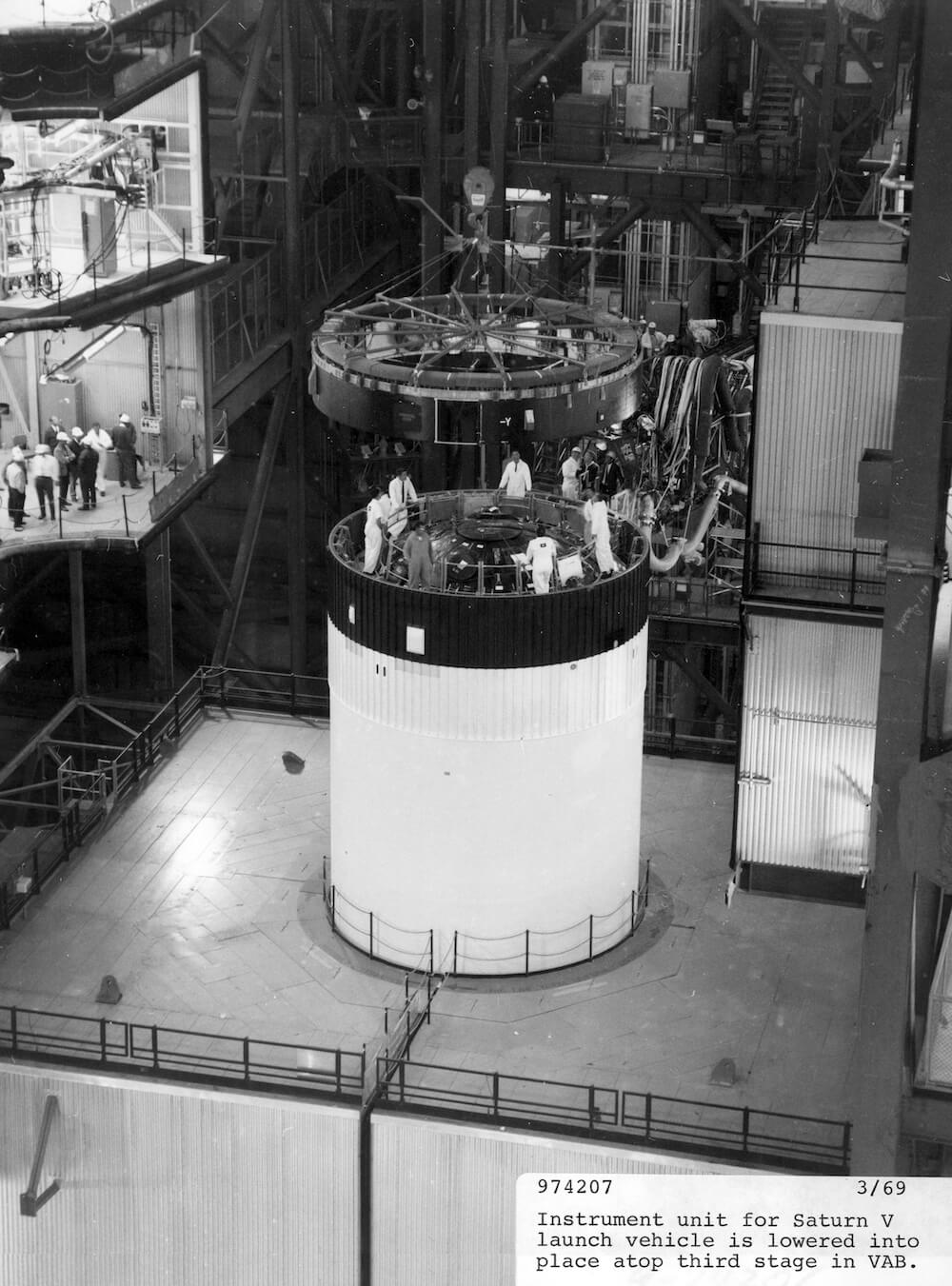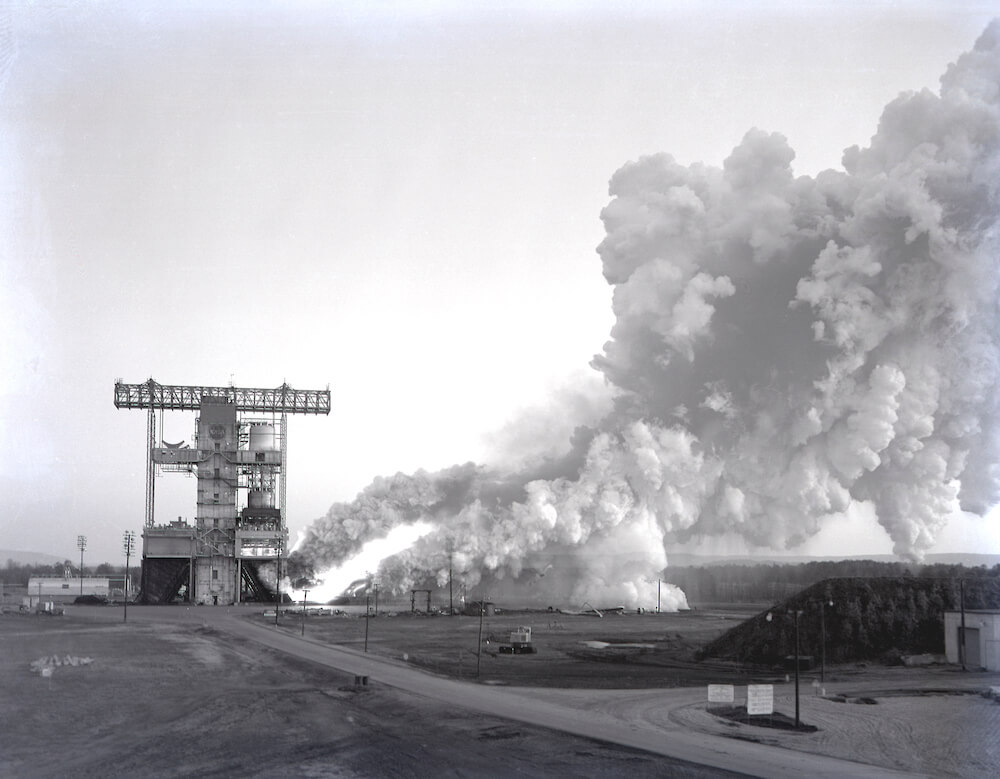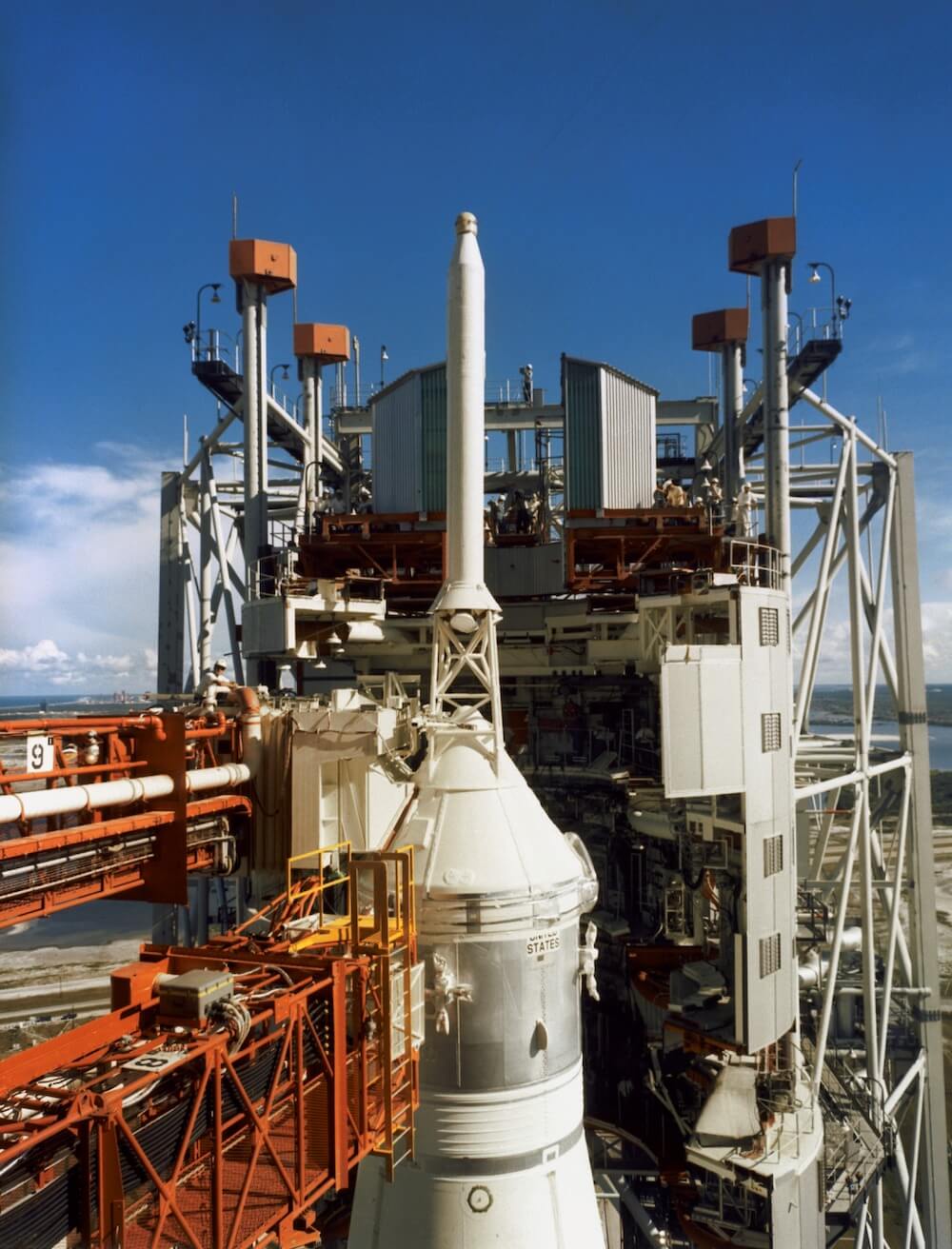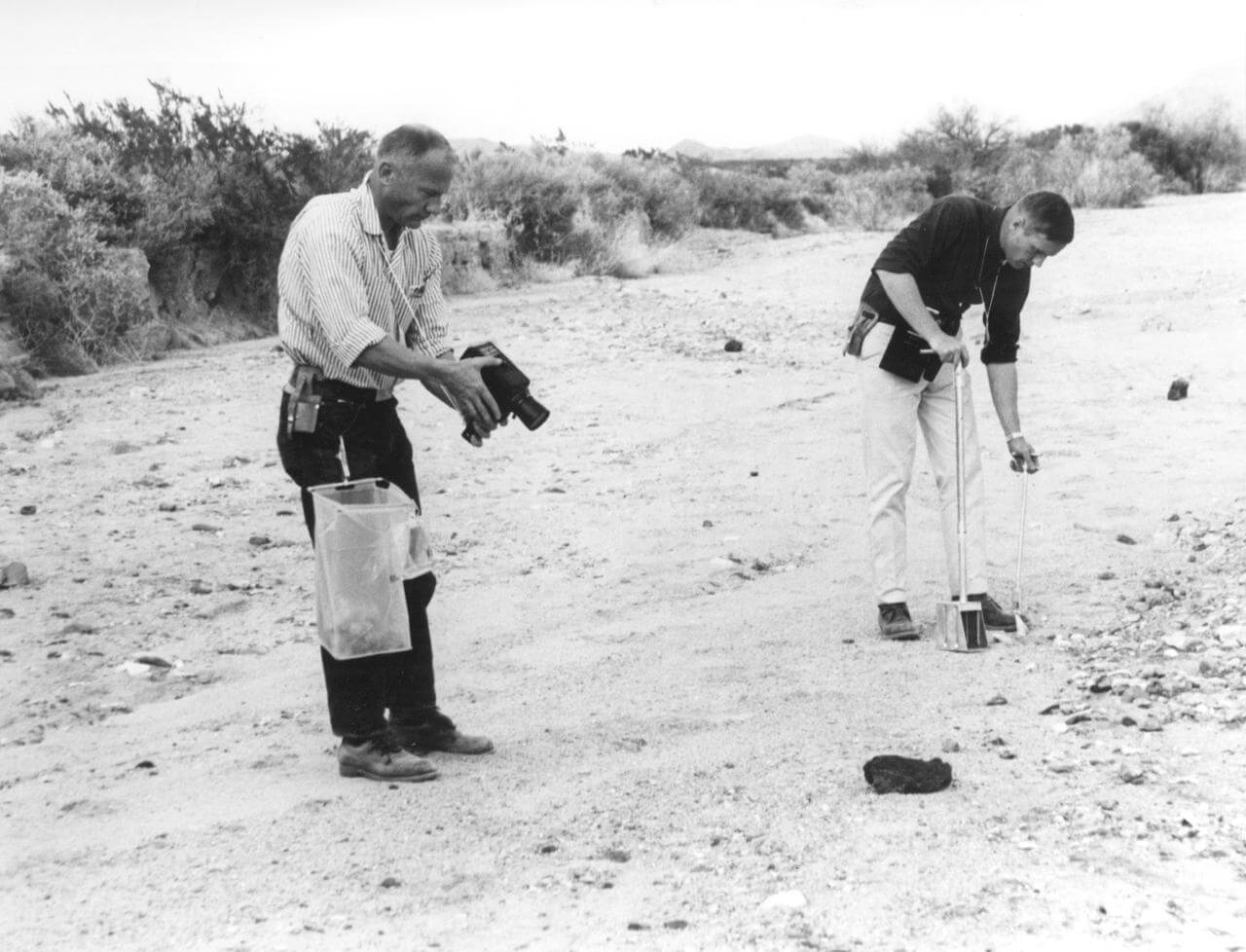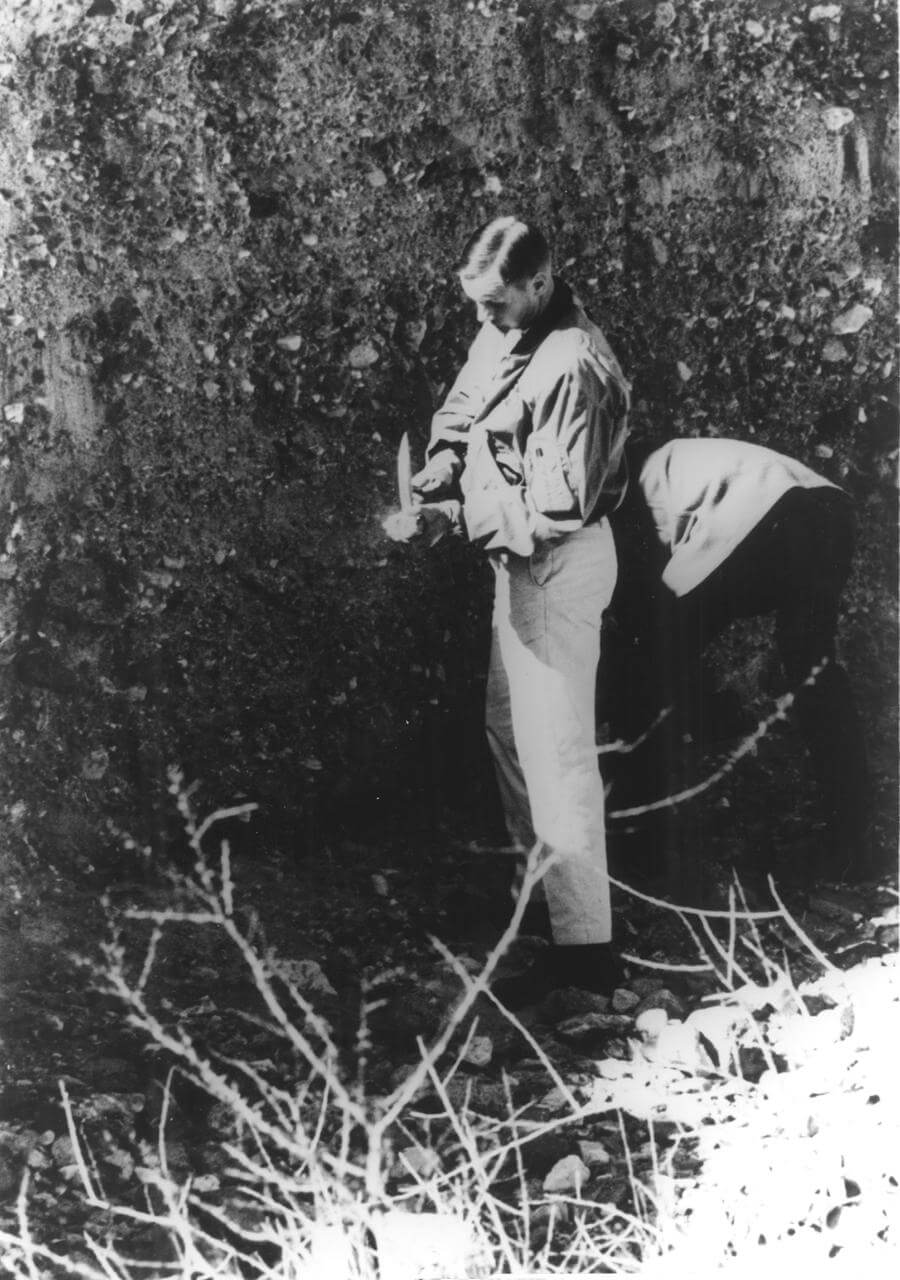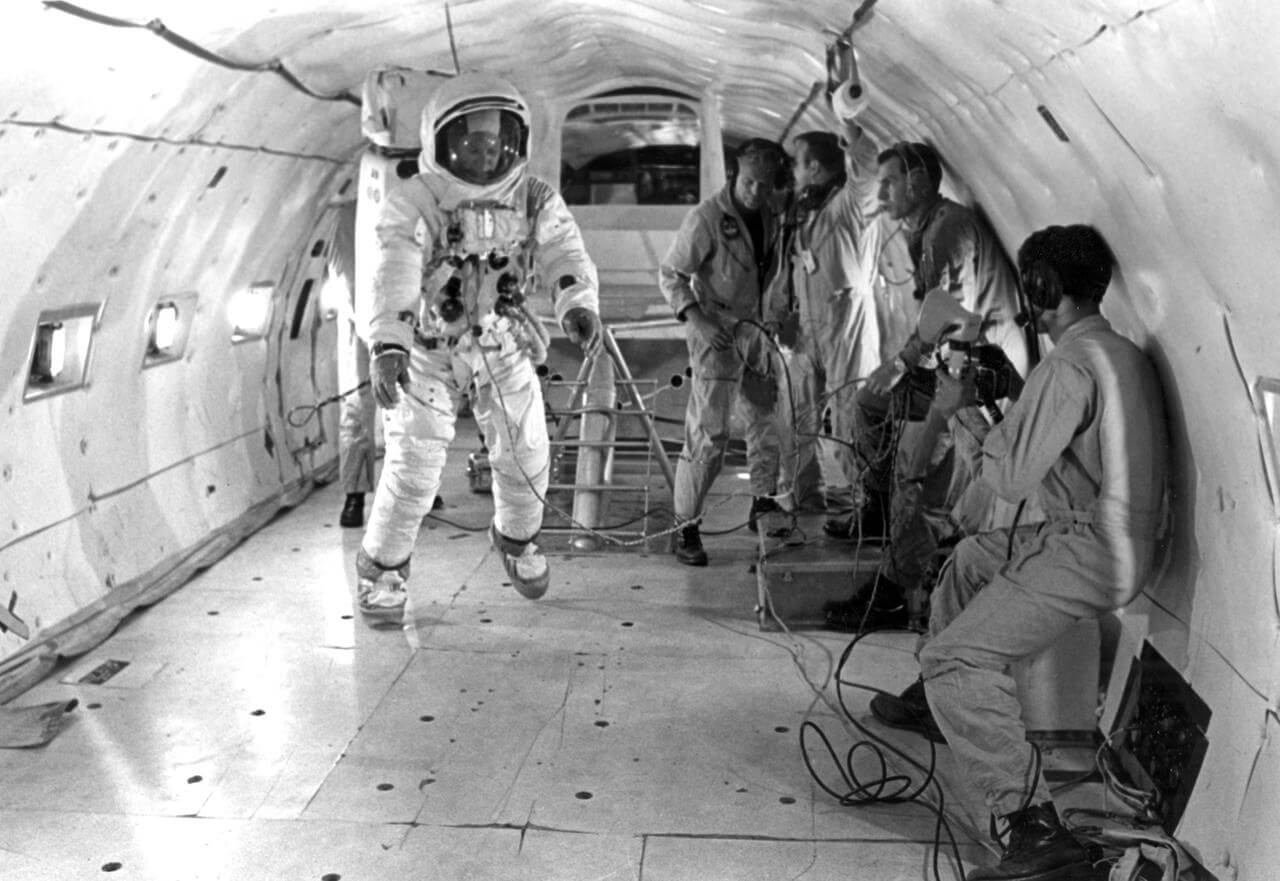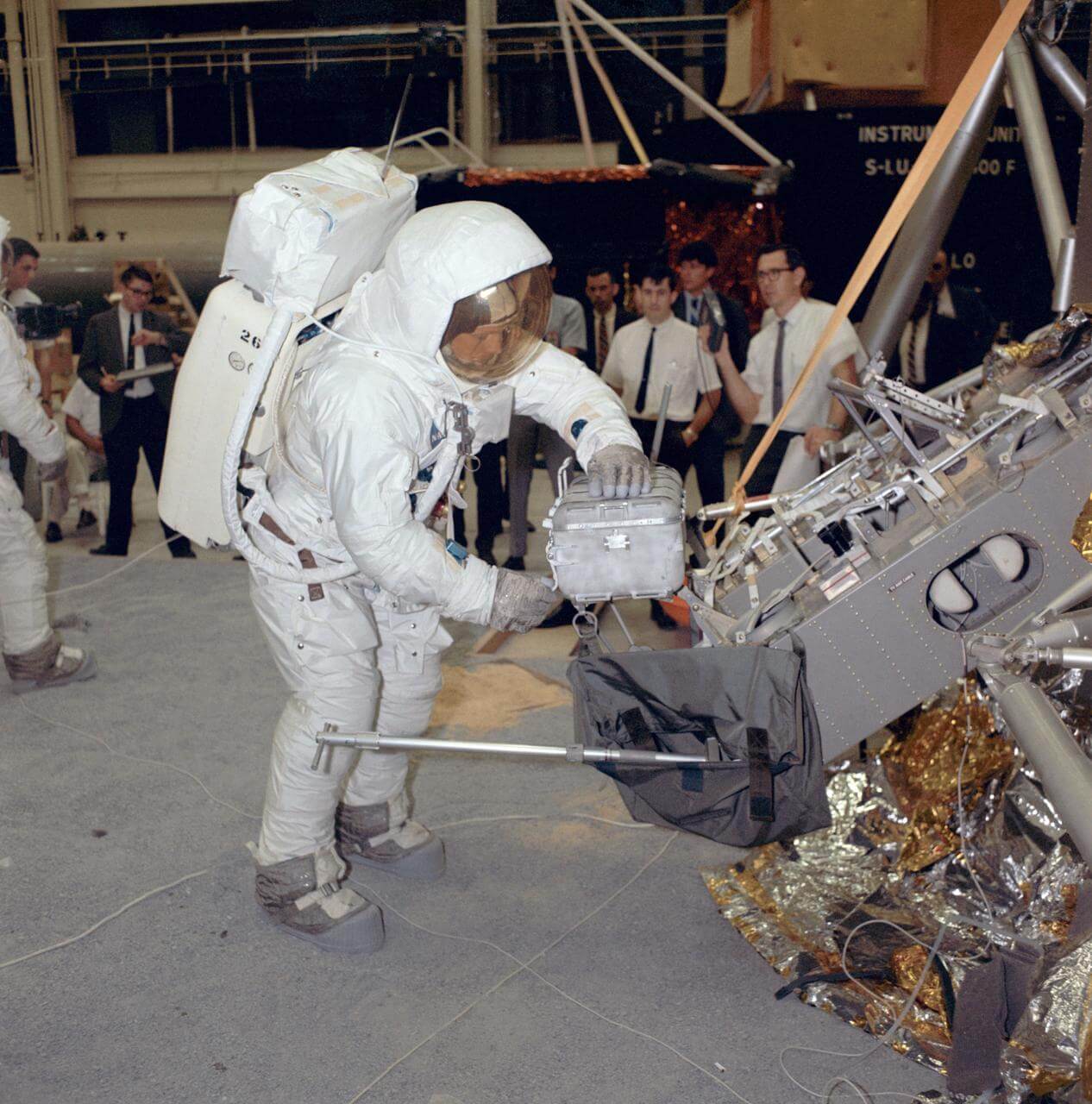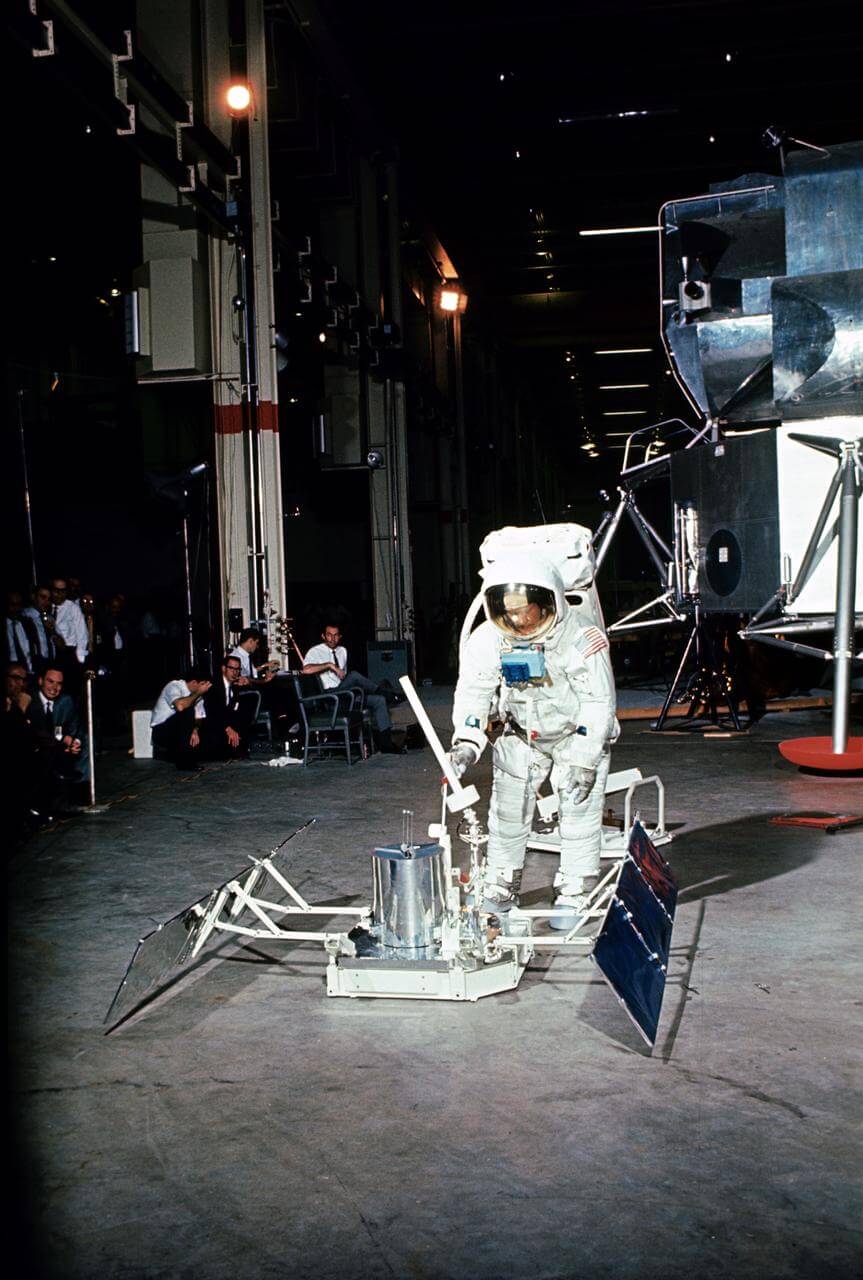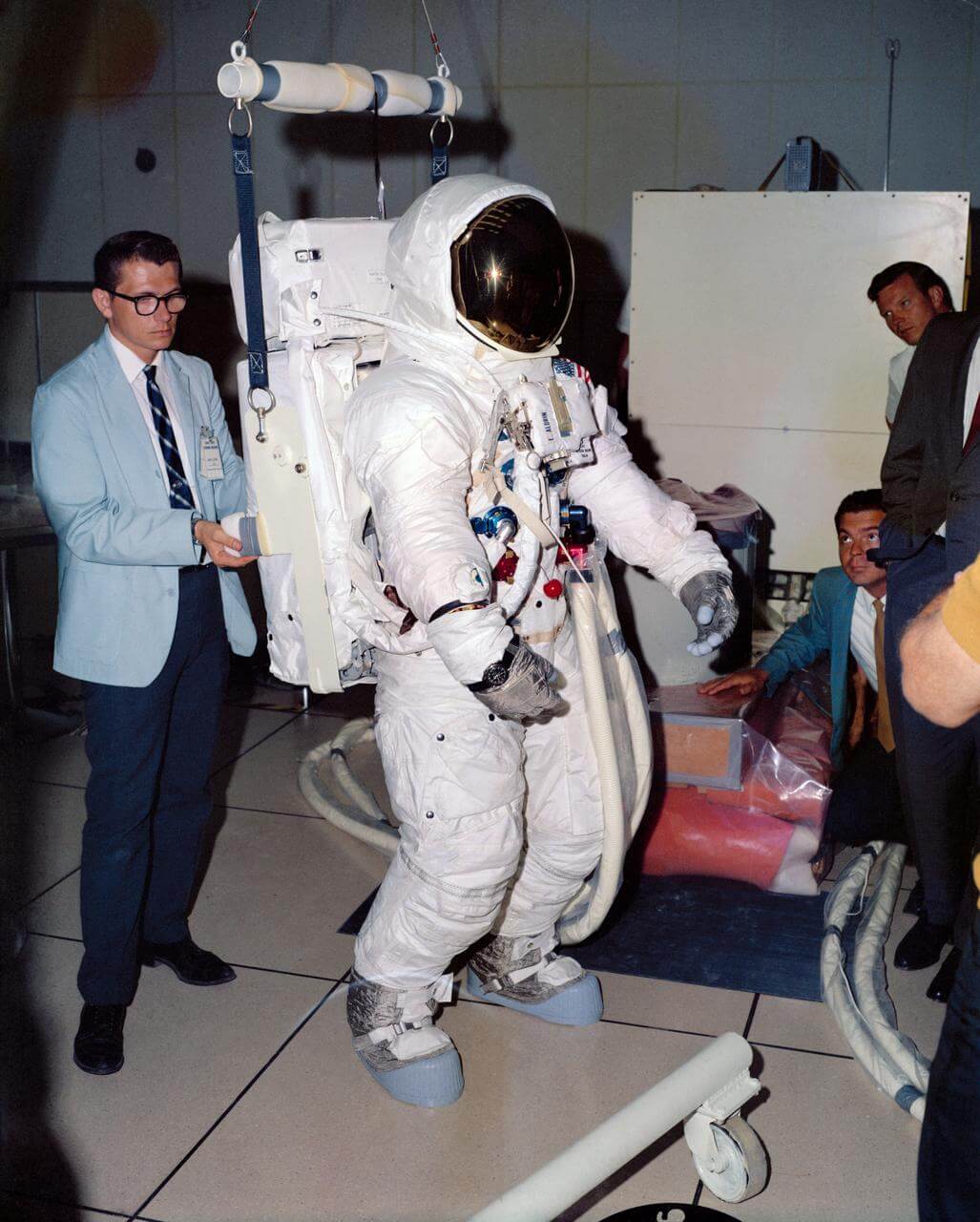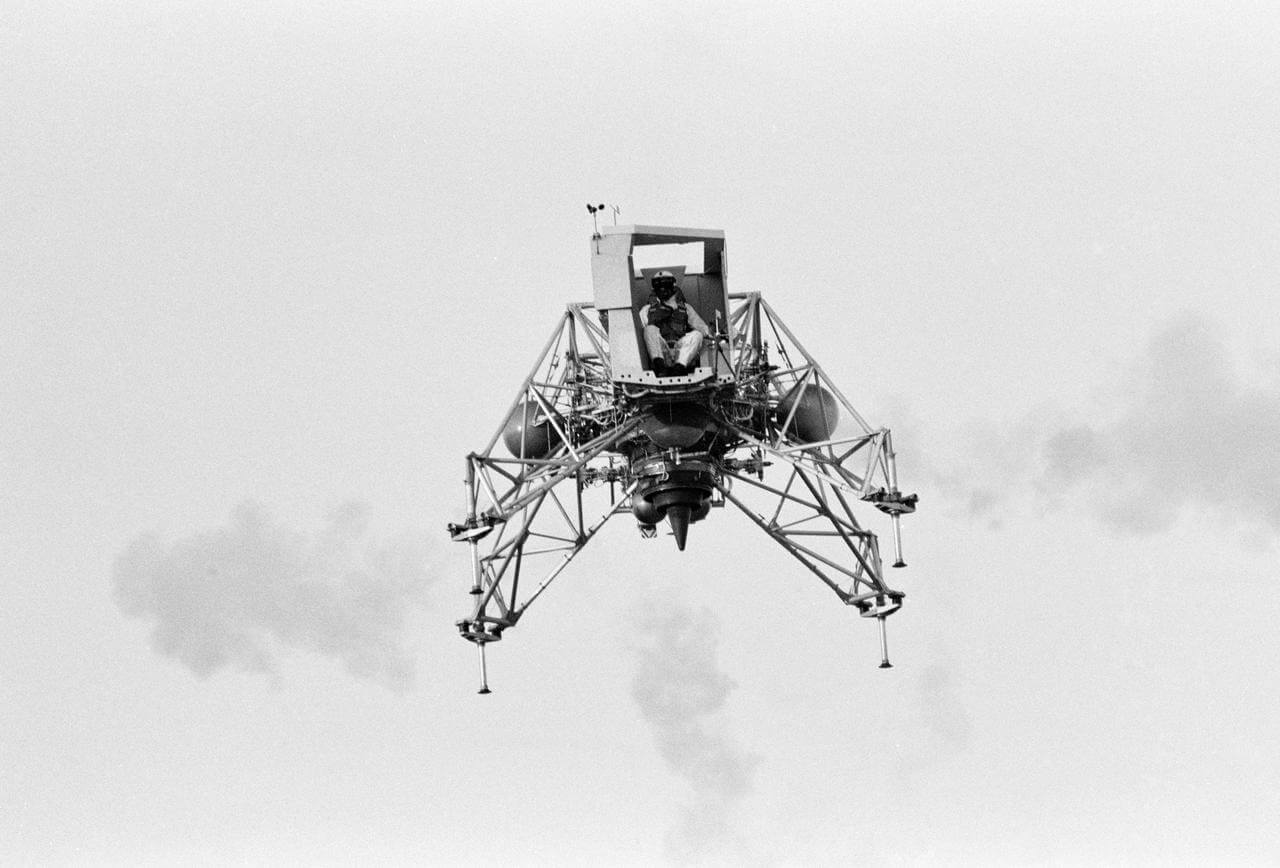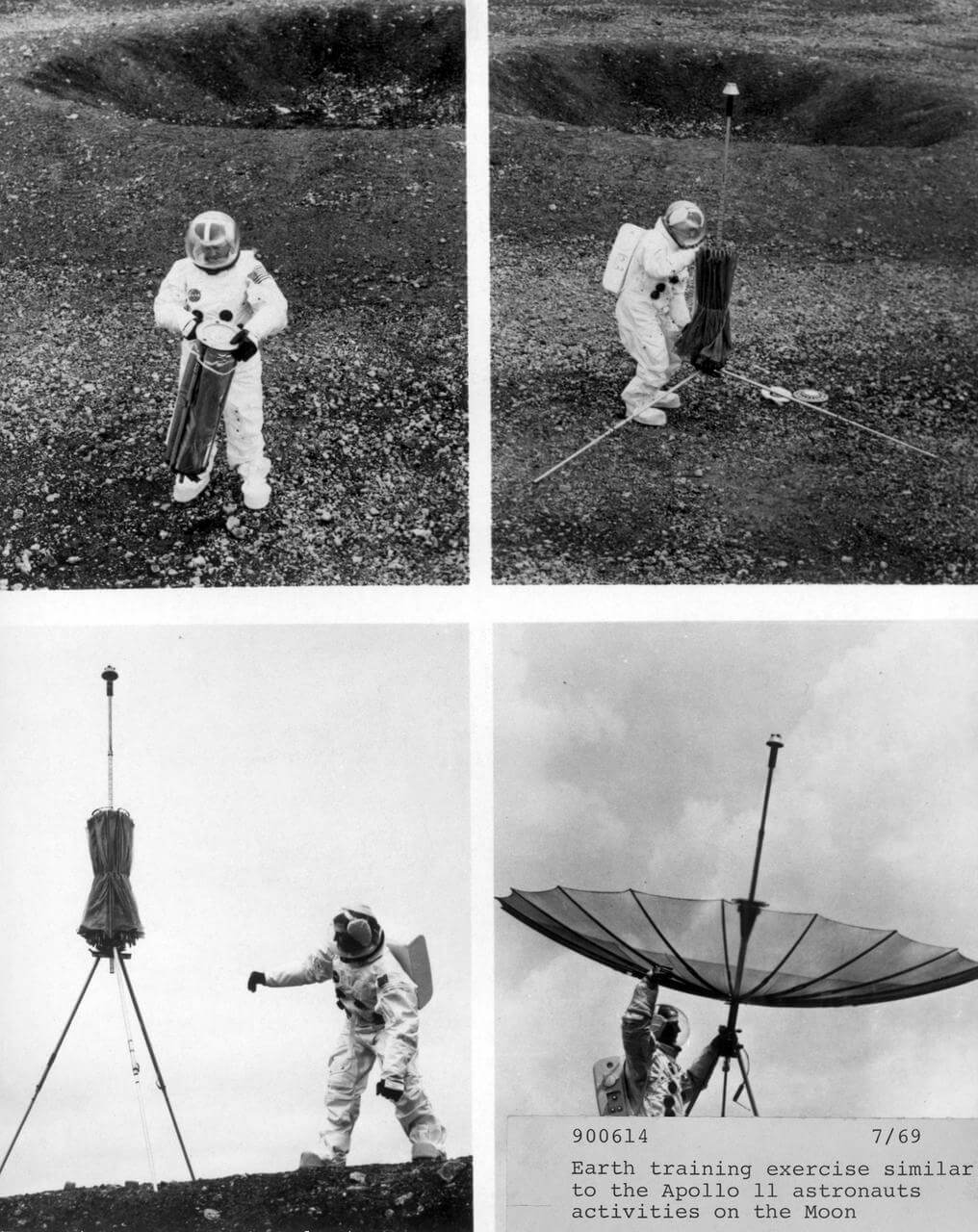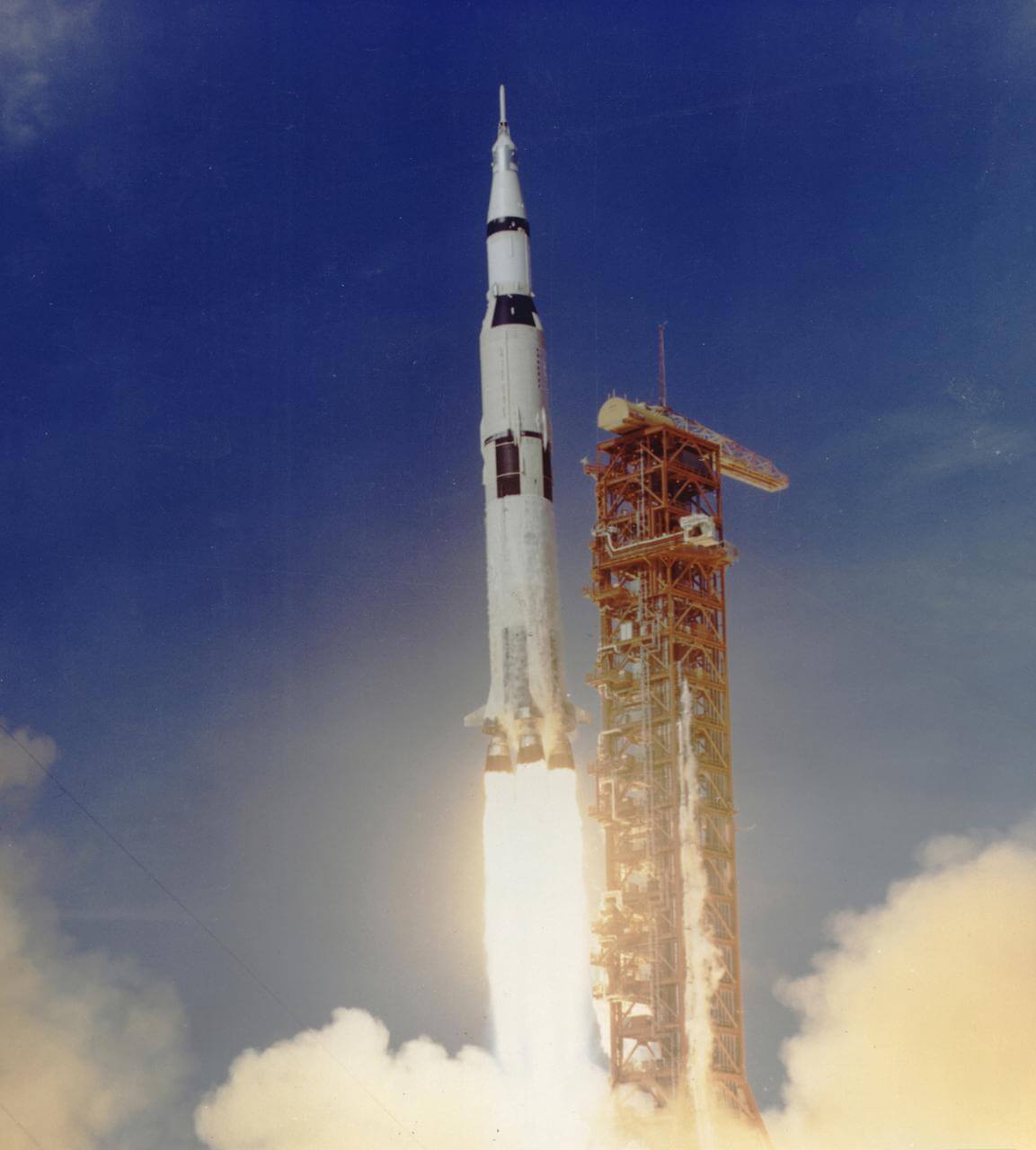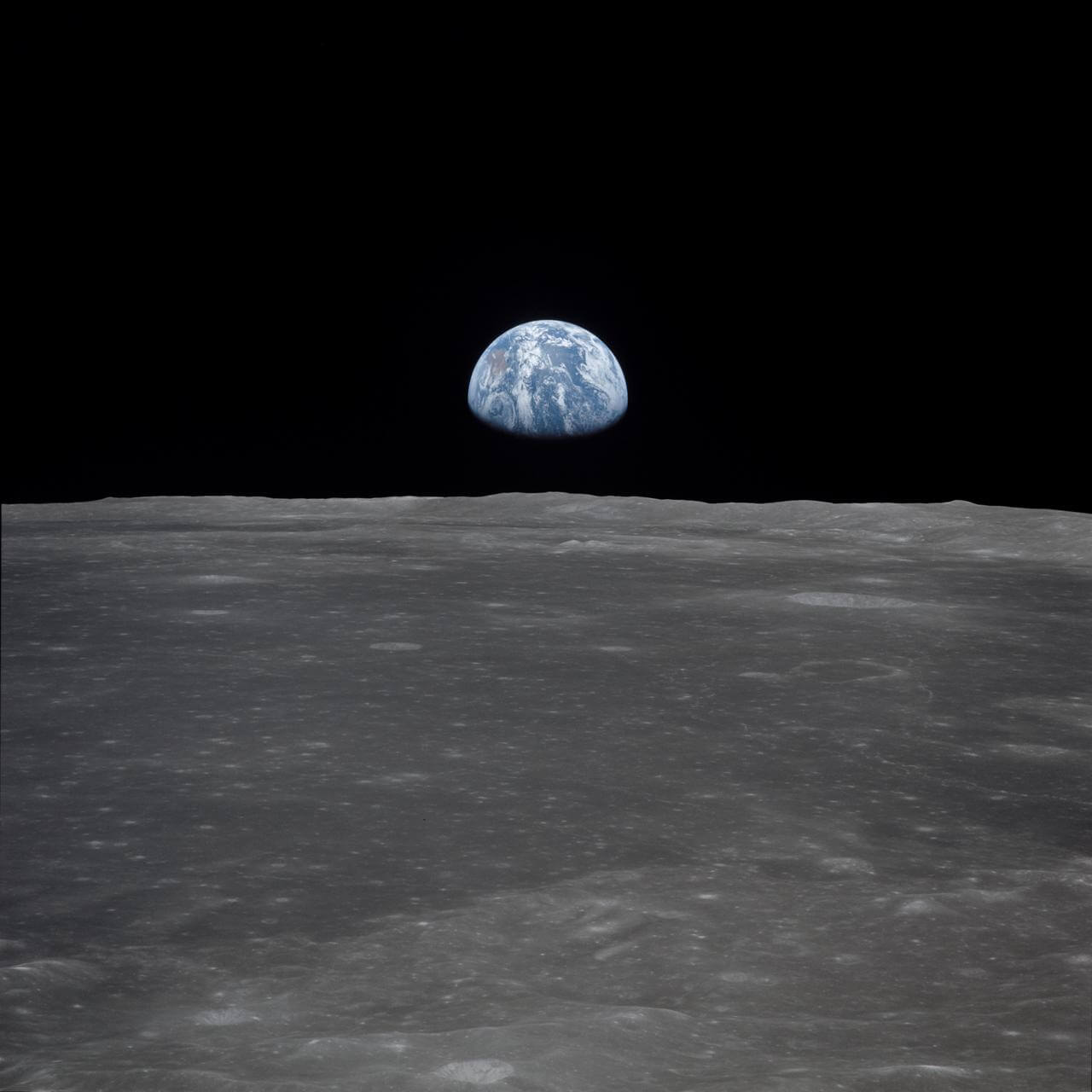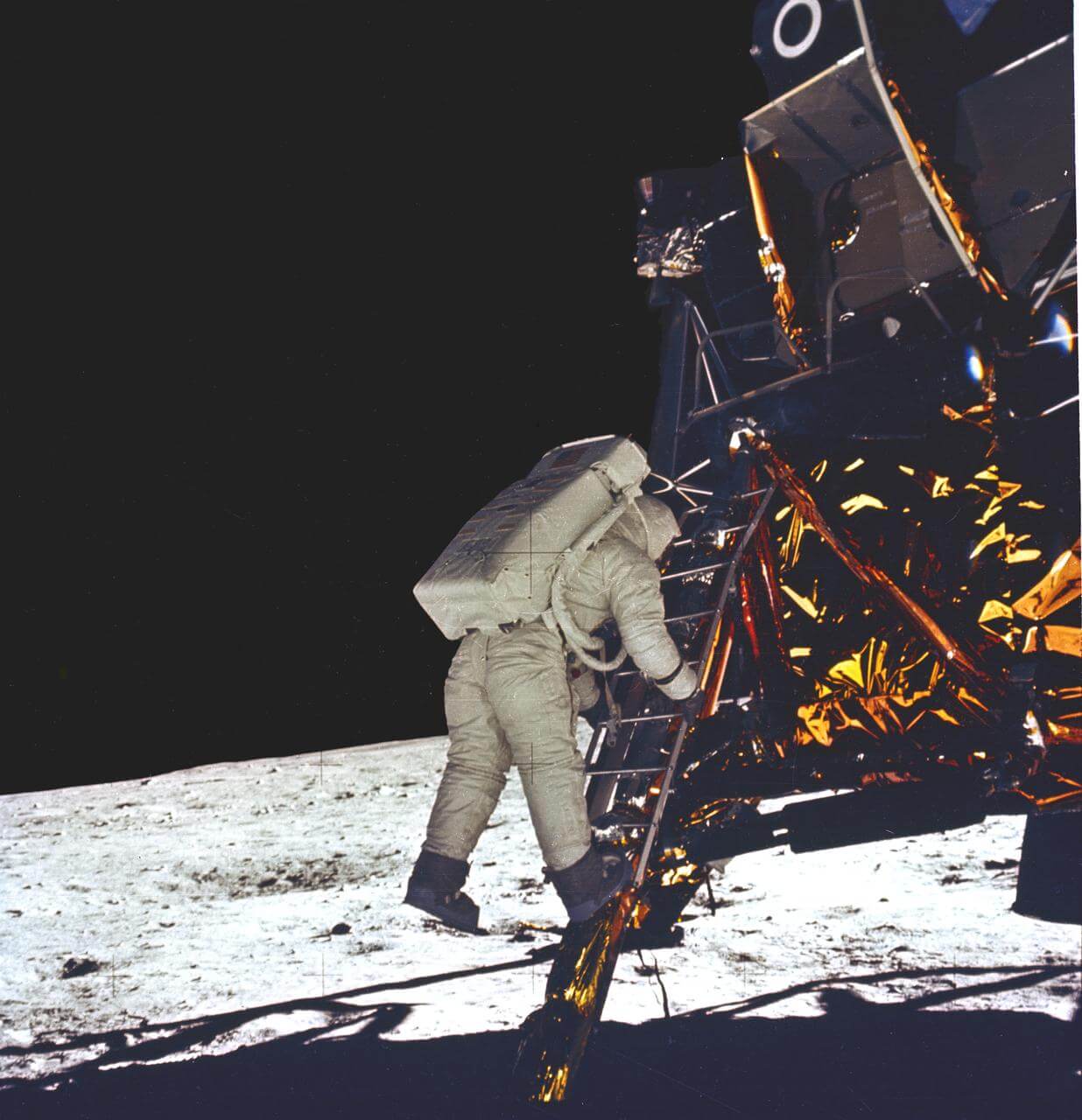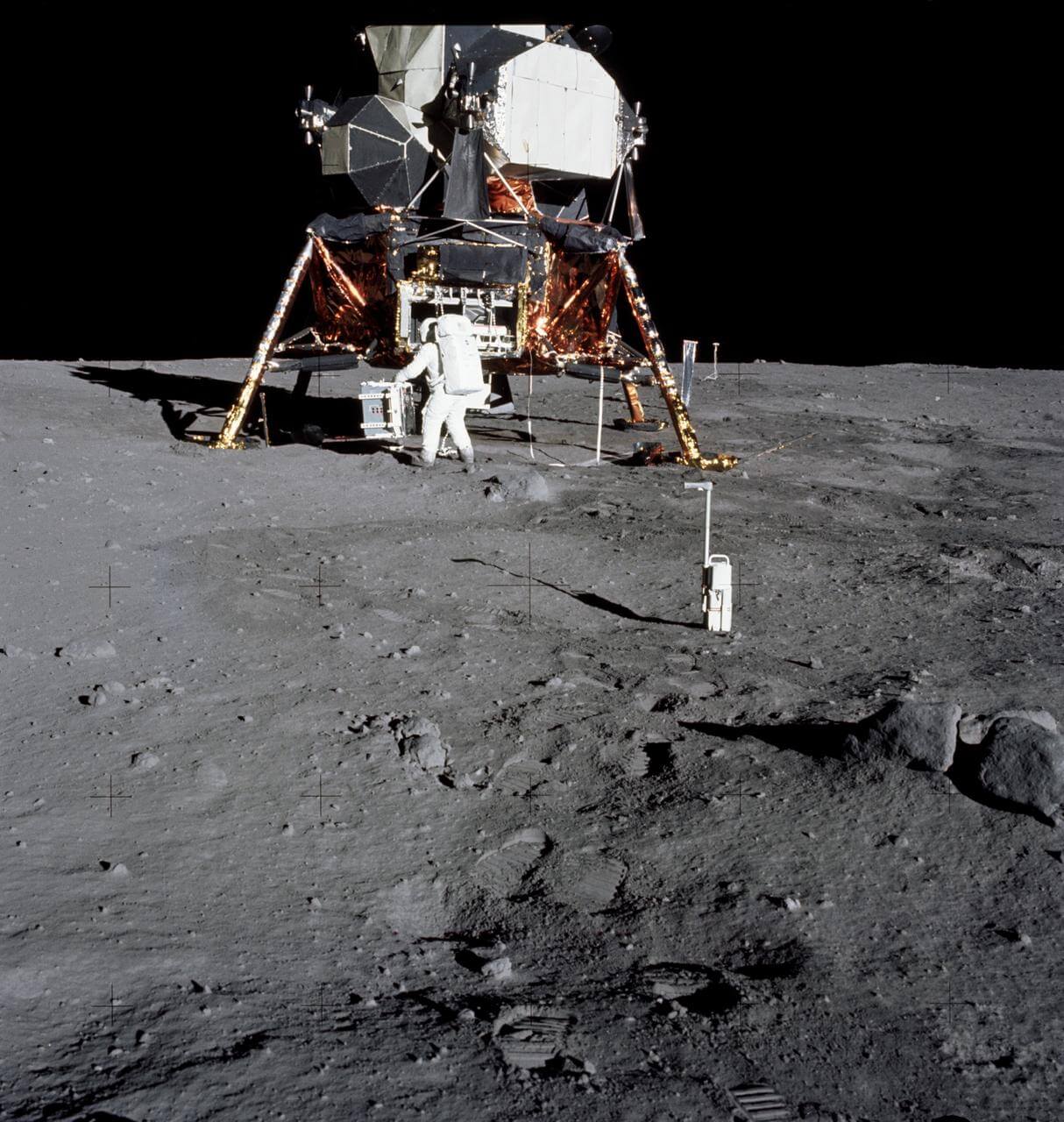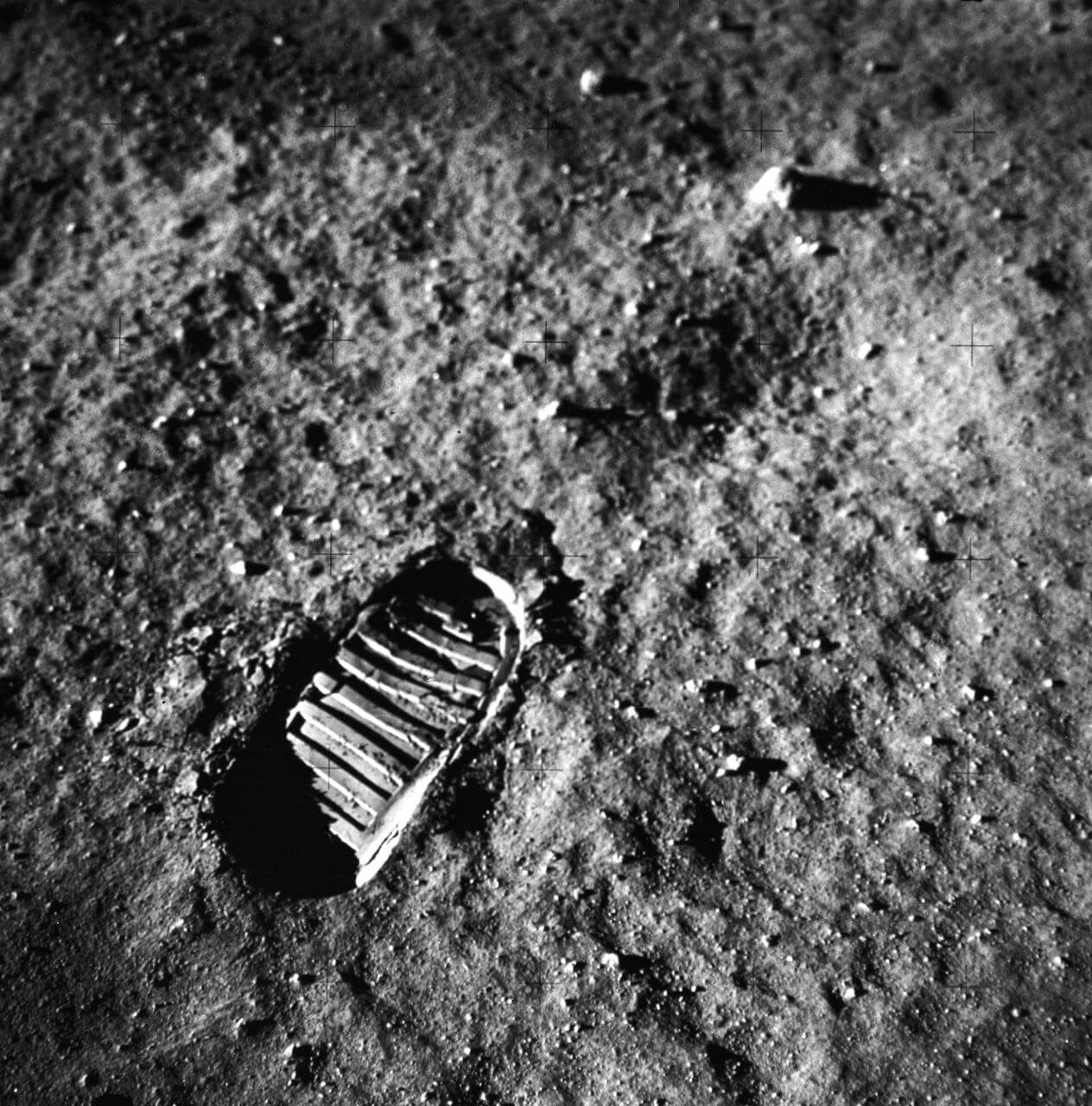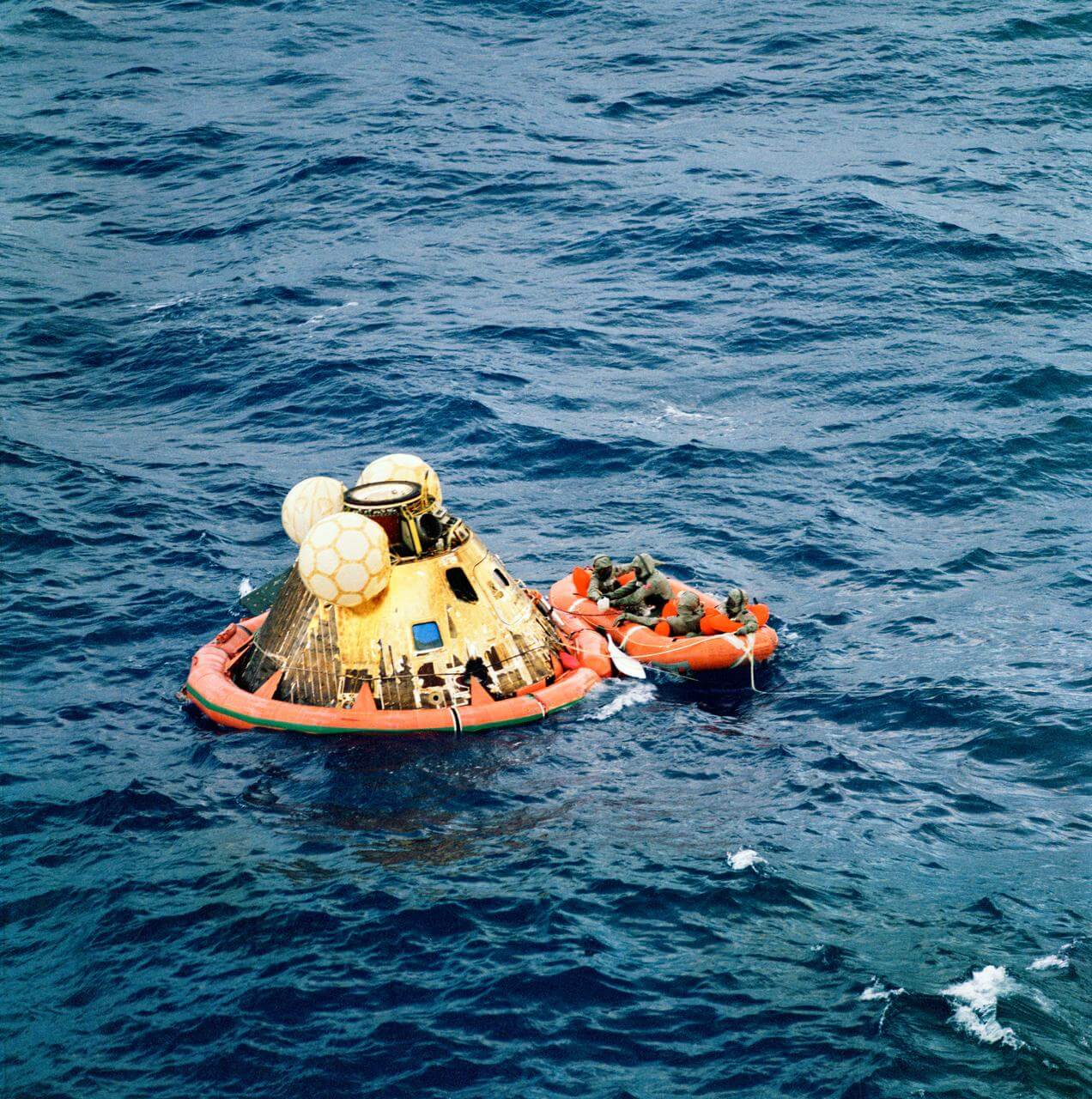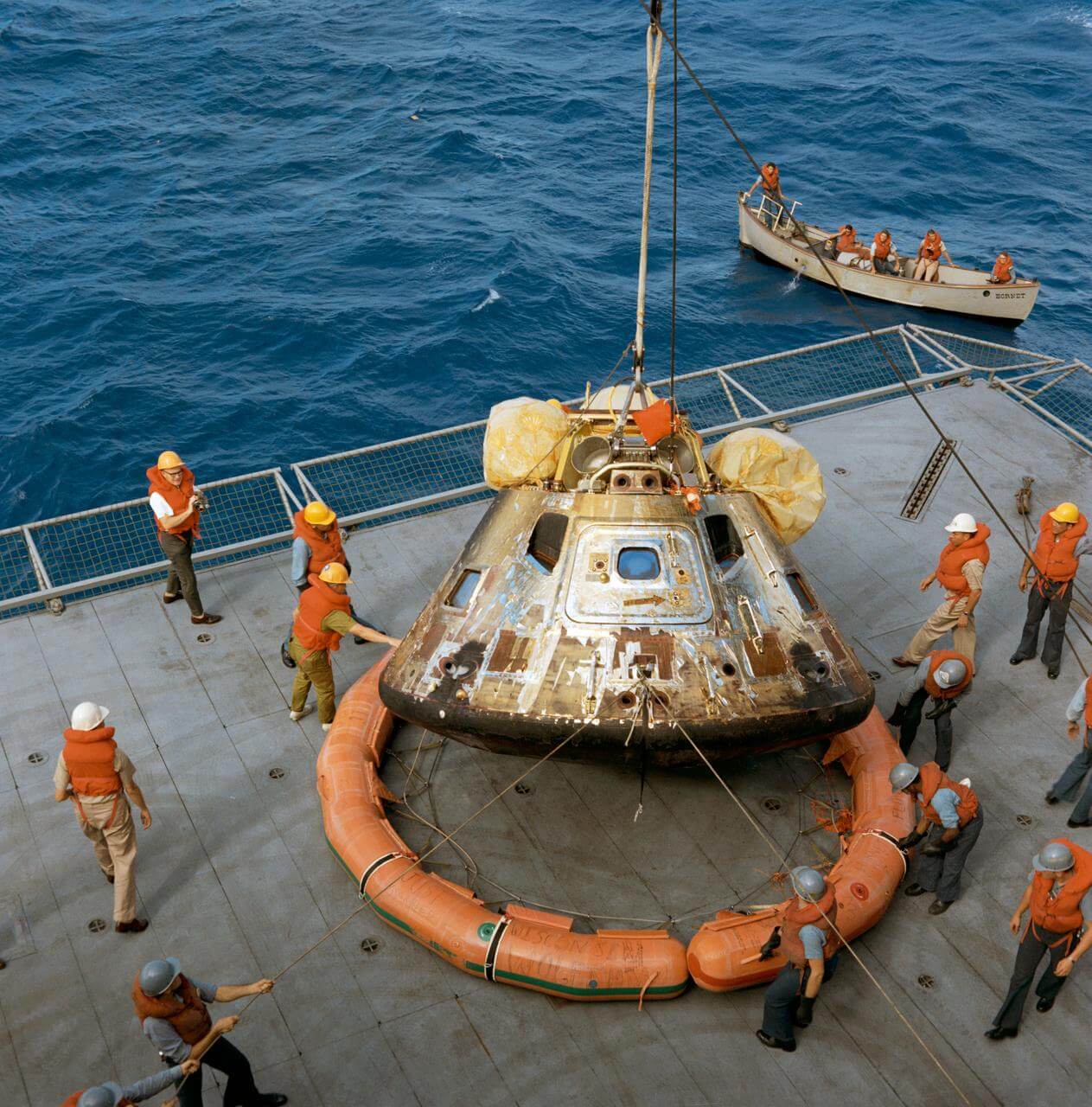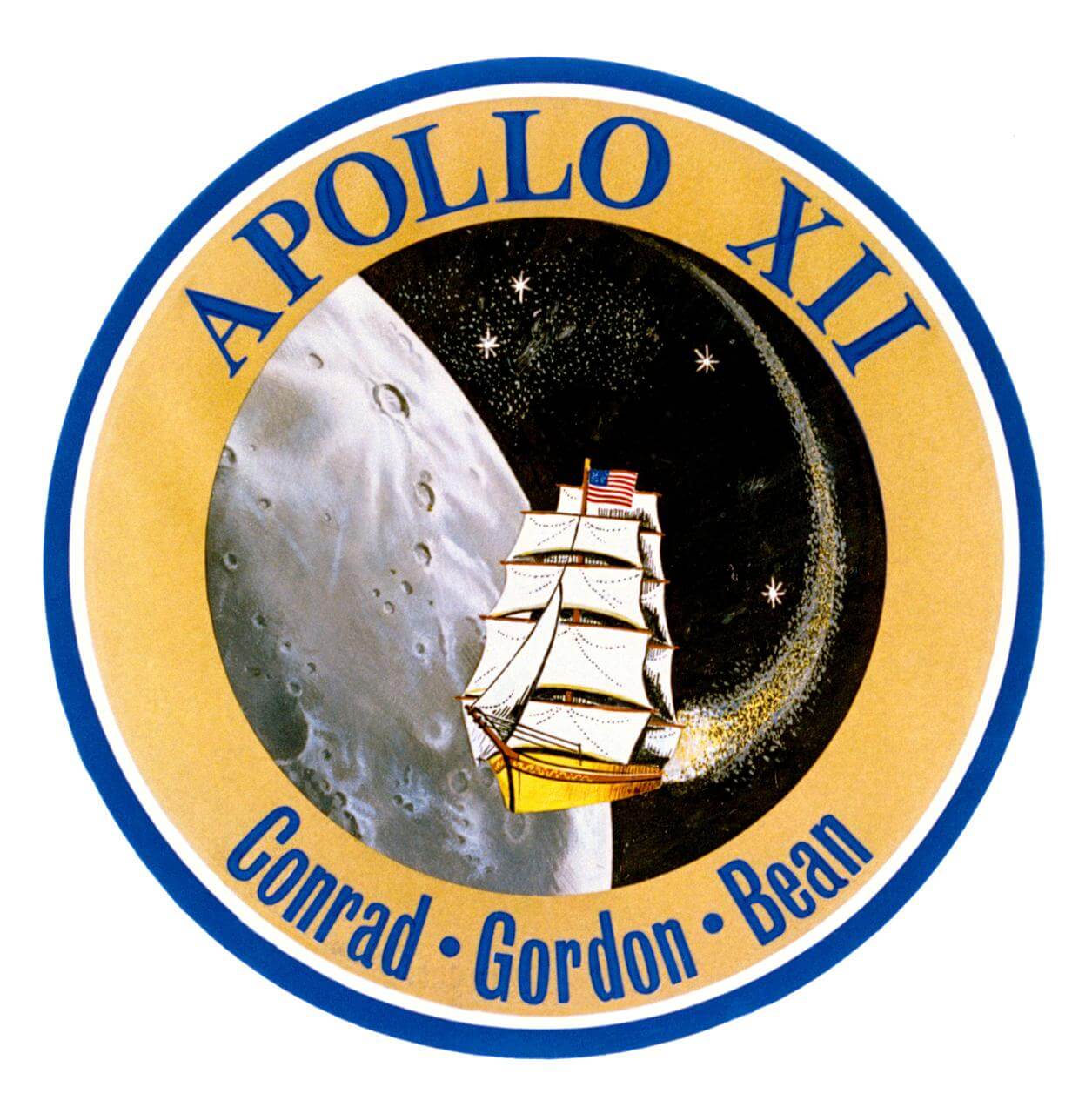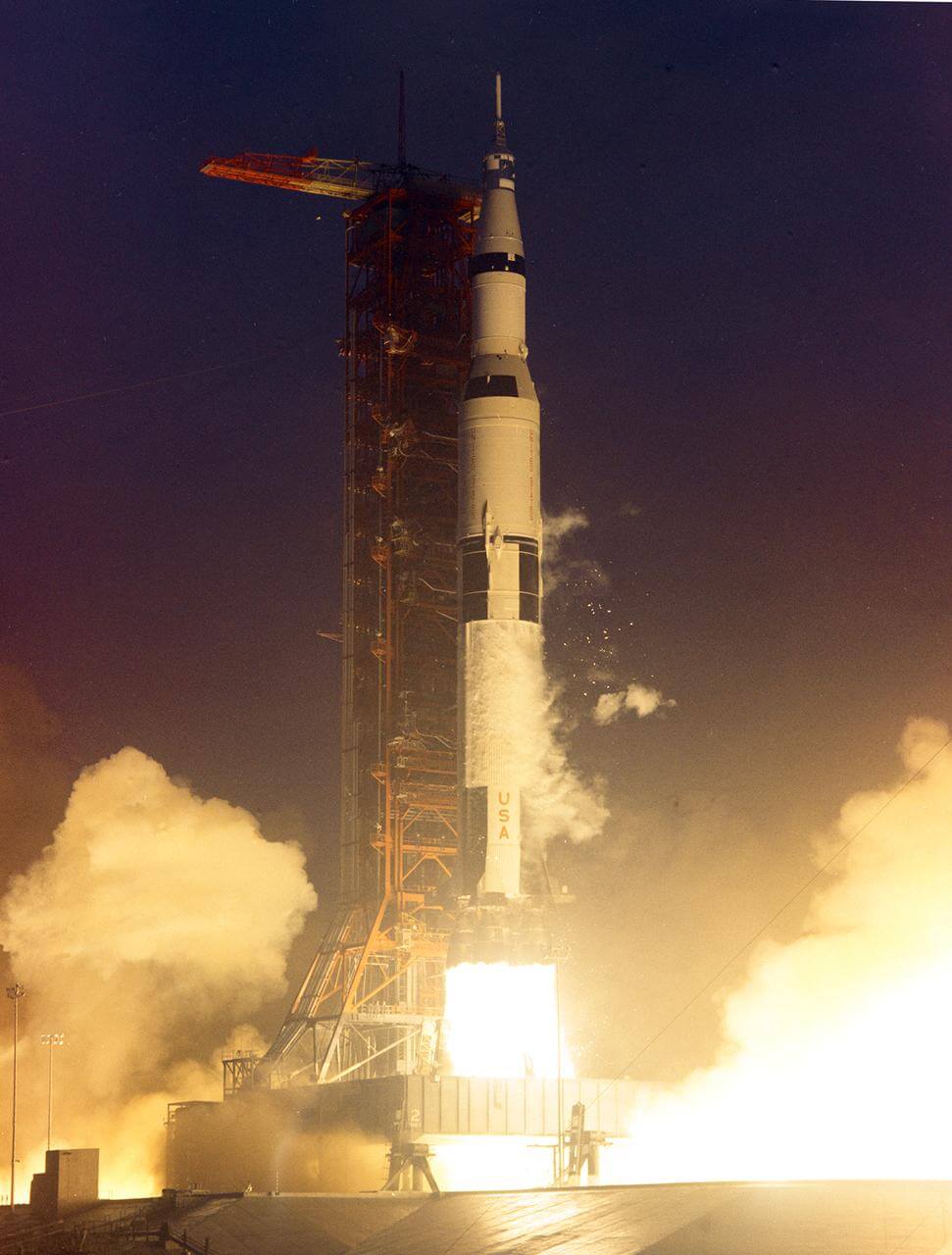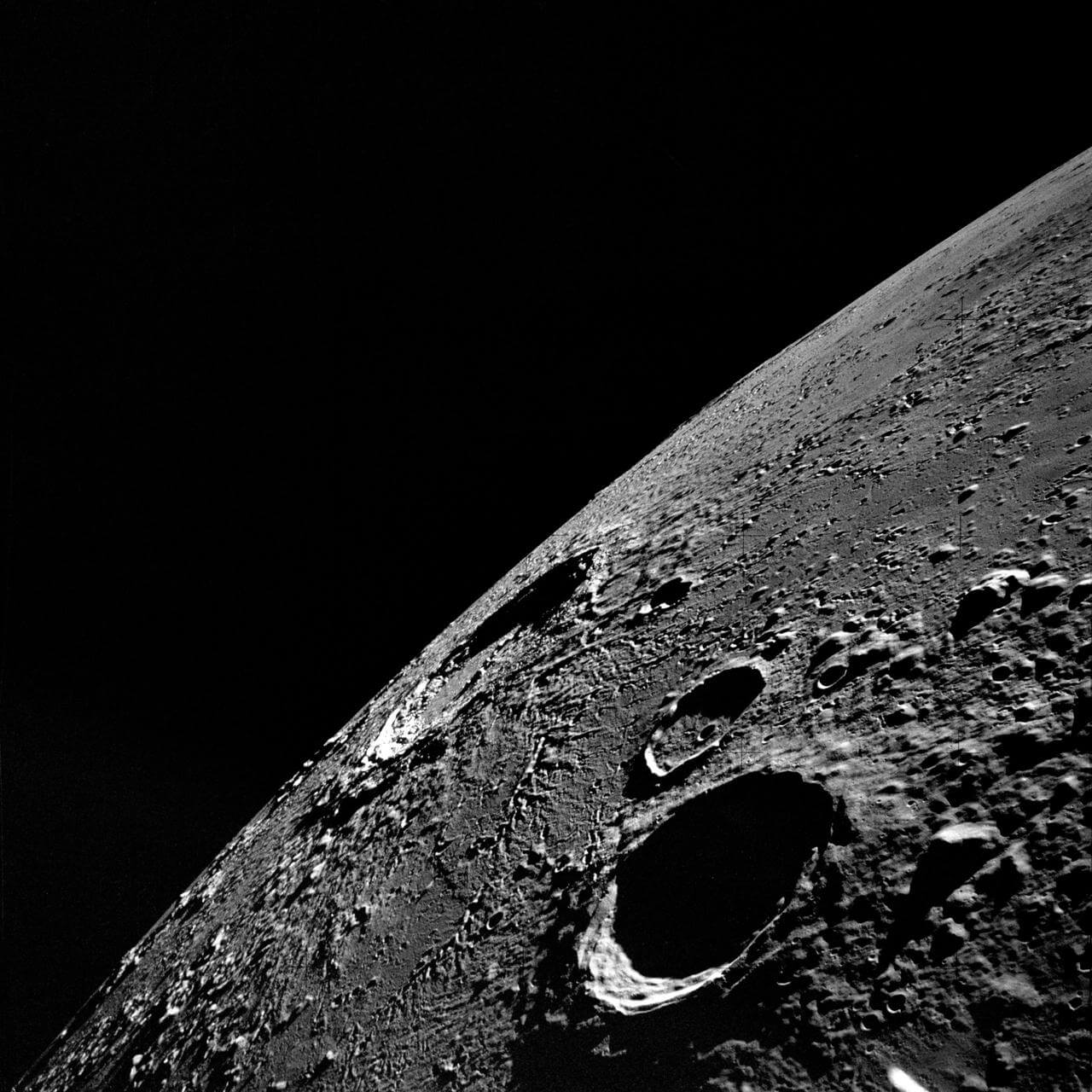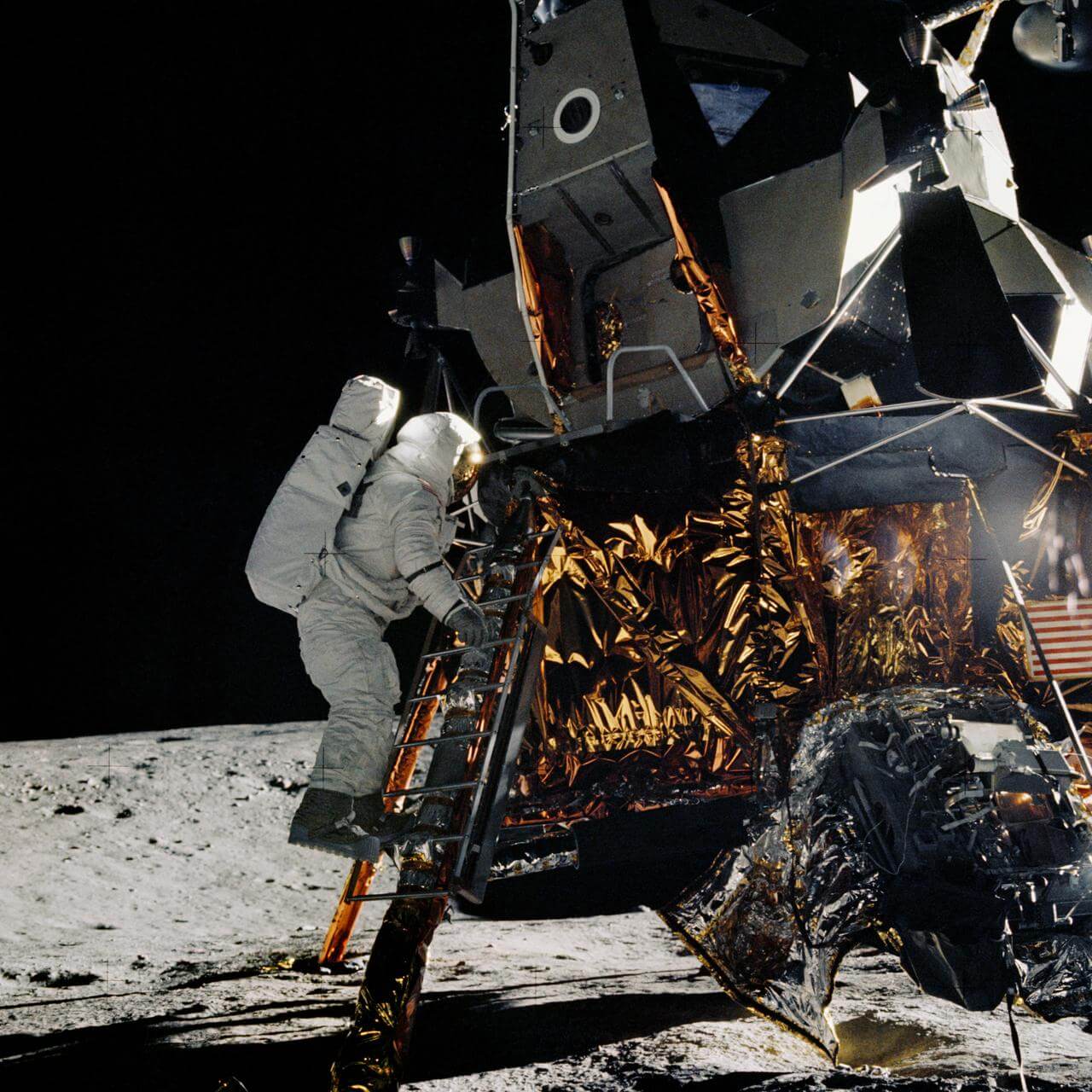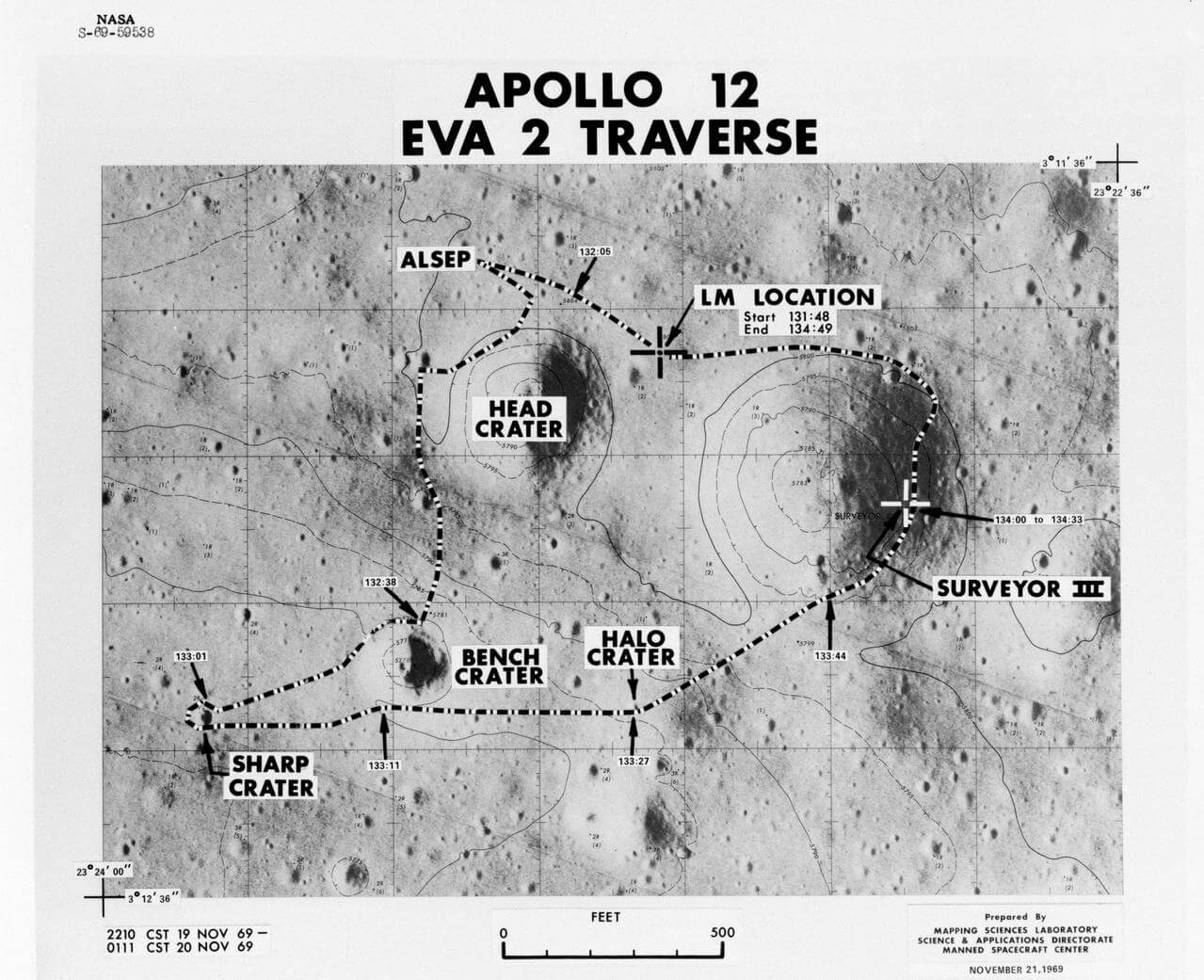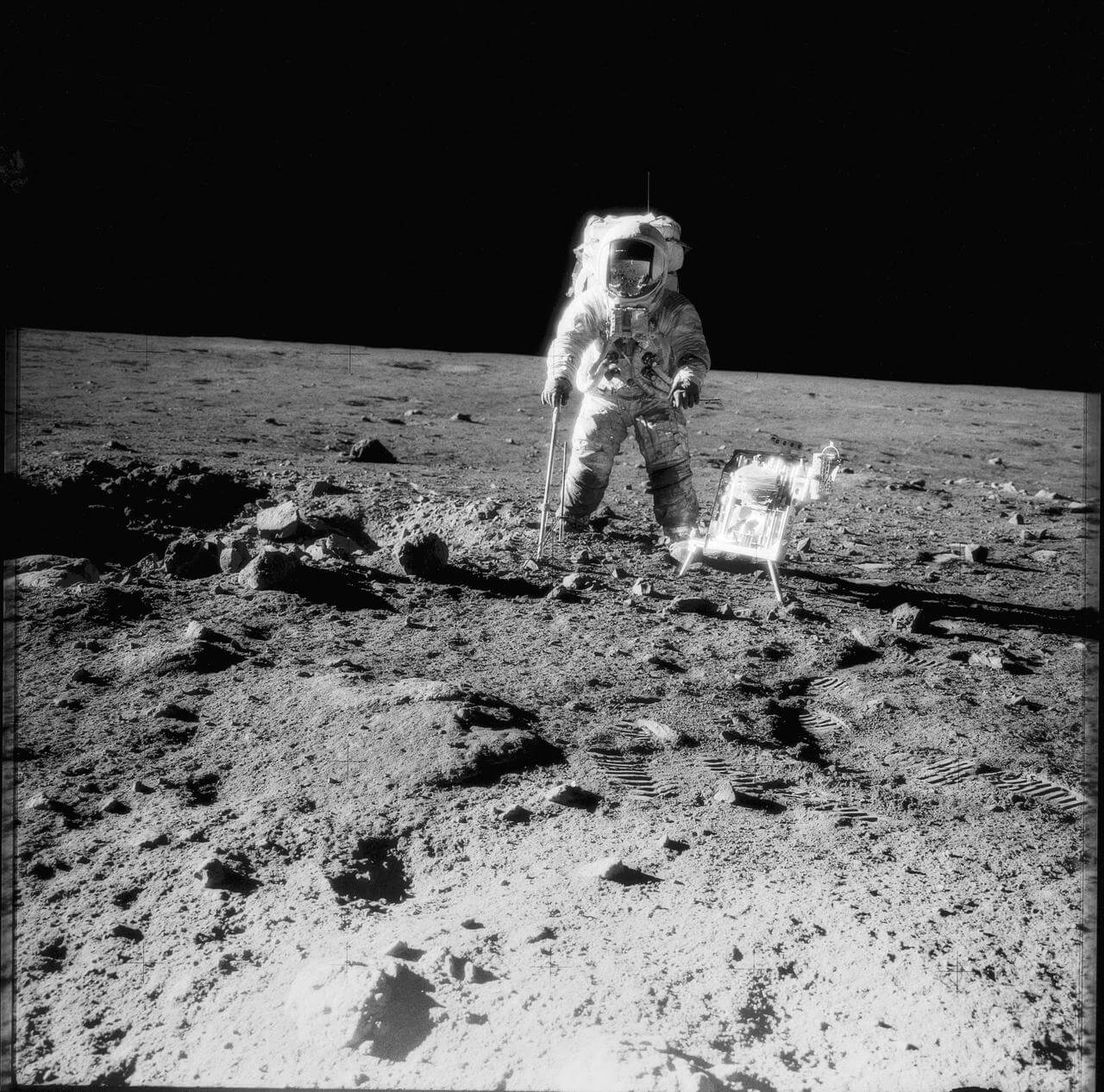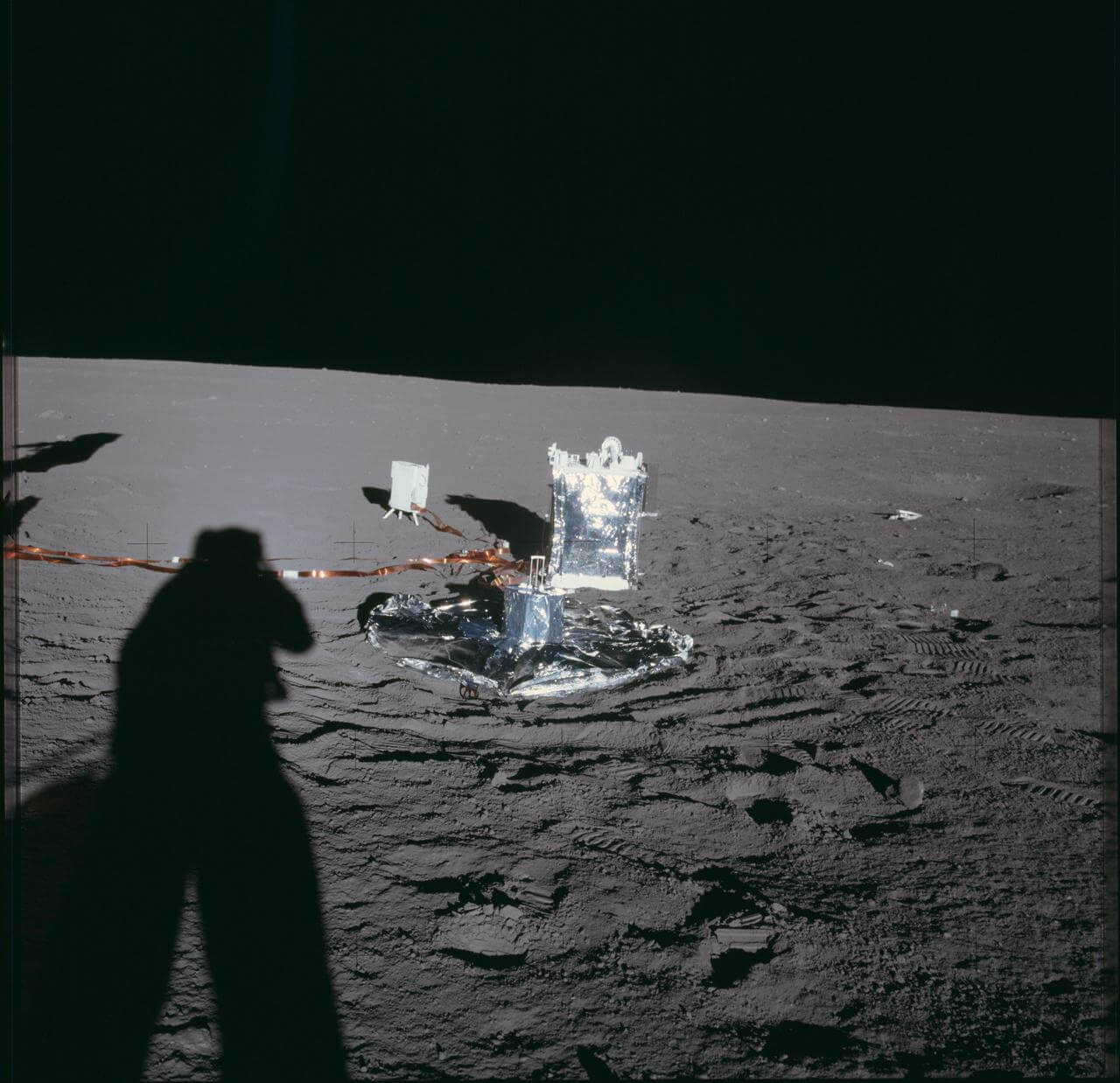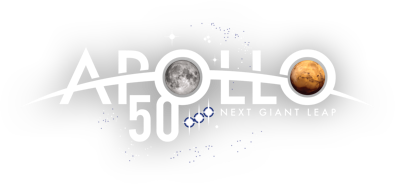
AN HISTORIC MISSION MEETS THE PERFECT SNACK
2019 is the 50th anniversary of the Apollo 11 moon landing. In collaboration with NASA, MoonPie is reliving history by featuring rare, behind-the-scenes photos and content celebrating Apollo’s iconic 1969 mission.

The Apollo 11 Timeline
12/24/1968
Apollo 8 Test Orbit
On December 24, 1968, the Apollo 8 mission—the first crewed mission to circumnavigate the moon—launched successfully. Astronauts Borman, Anders and Lovell initiated a live broadcast from lunar orbit, sending back photos taken from the spacecraft of the Earth and moon, as they read passages from Genesis. Anders’ iconic “Earthrise” photo of the Earth rising in darkness over a stark lunar horizon is often credited with kickstarting the environmental movement. Three days later, Apollo 8’s crew splashed down safely into the Pacific, their mission an important success that helped pave the way for the Apollo 11 moon landing the following summer.
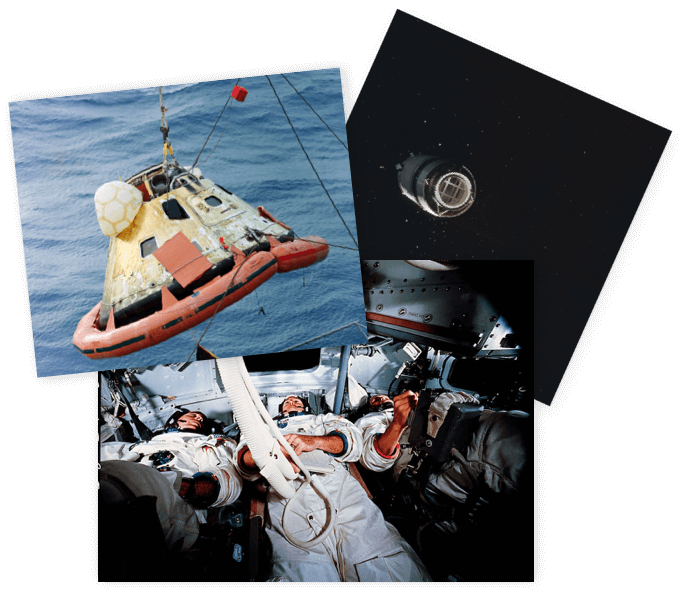
Courtesy of NASA.gov
1/9/1969
On Jan. 9, 1969, NASA formally announced the crew for the Apollo 11 mission, scheduled for July of that year. Planned as the fifth crewed Apollo mission, if all went well on the two flights preceding it, Apollo 11 would attempt the first human lunar landing, fulfilling President John F. Kennedy’s goal of landing a man on the Moon and returning him safely to the Earth. The prime crew consisted of Commander Neil A. Armstrong, Command Module Pilot (CMP) Michael Collins, and Lunar Module Pilot (LMP) Edwin E. “Buzz” Aldrin. All three were experienced astronauts.
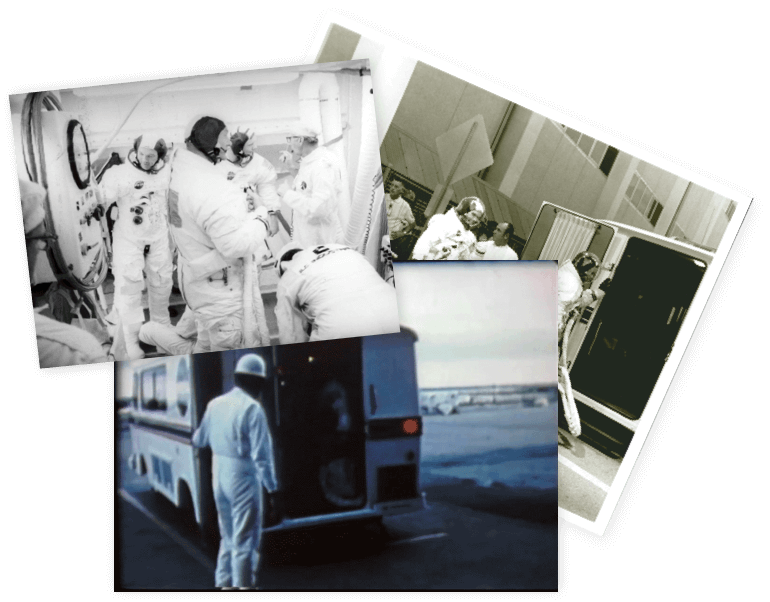
Courtesy of NASA.gov
1/20/1969
The Making of the Apollo 11 Mission Patch
As tradition dictated, Apollo 11’s official mission patch was designed by its crew, albeit with a little helpful input from colleagues, and manufactured by A-B Emblems. Astronauts Armstrong, Aldrin and Collins, declining to add their names to the patch, agreed that they were only three of thousands of contributors to the mission. Collins sketched out the basic design, including the eagle, moon and Earth. The addition of an olive branch, signifying the mission’s peaceful nature, was suggested, approved unanimously and then moved from beak to talons. Few may notice the incorrect placement of the moon’s shadow, which should appear below Earth instead of at left.
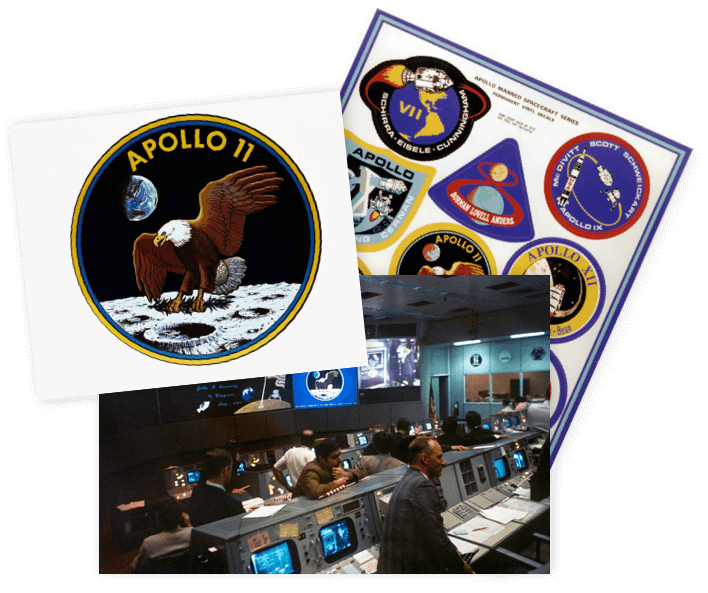
Courtesy of NASA.gov
2/6/1969
NASA’s F-1 Engine: Propelling Apollo
Inherited from the Air Force in 1955 and developed at Alabama’s Marshall Space Flight Center, NASA’s legendary F-1 engines launched Apollo 11 and remain the most powerful single-nozzle, liquid-fueled rocket engines ever created. Five F-1s boosted each stage-one Saturn V rocket 36 miles up, reaching 6,000 MPH. Each F-1 was 19’ tall, 12’ wide and more than 18Klbs, with more thrust than three shuttle engines! Inspired by Russian rocket advancement and JFK’s call to the moon, the F-1 created 7.5Mlbs of thrust, burning liquid oxygen and kerosene at 15 metric tons per second, for 2.5 minutes—launching Apollo missions from pad to moon and into history.
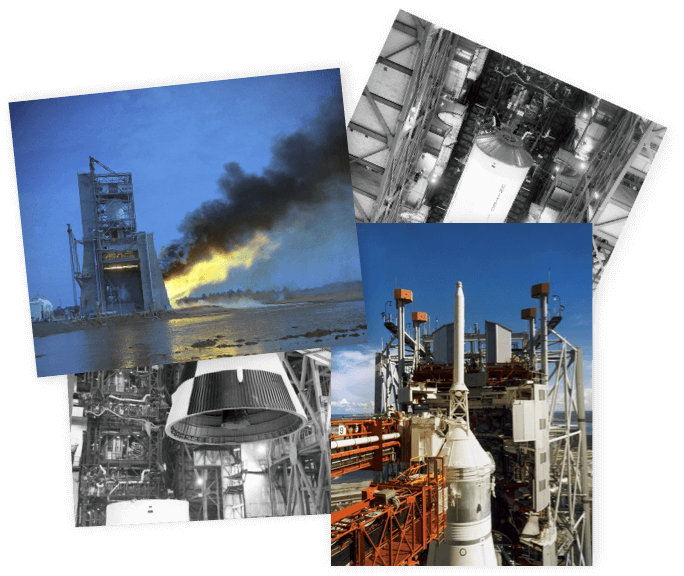
Courtesy of NASA.gov
2/25/1969
NASA Geological Training
In February, 1969—five months before the scheduled launch date for Apollo 11’s historic mission to the moon—mission commander Neil Armstrong and Lunar Module Pilot Edwin (Buzz) Aldrin traveled to the Quitman Mountains, far to the west side of Texas. Here, ground conditions were perfect for practicing rock-sample collection, using specialized lunar geological tools designed to collect and bag samples from the surface of the moon. Five months later, both men went on to collect 47 pounds of lunar surface material during their 2.5hrs on the moon, for analysis back home. A third astronaut, Michael Collins, remained in orbit, awaiting their return.
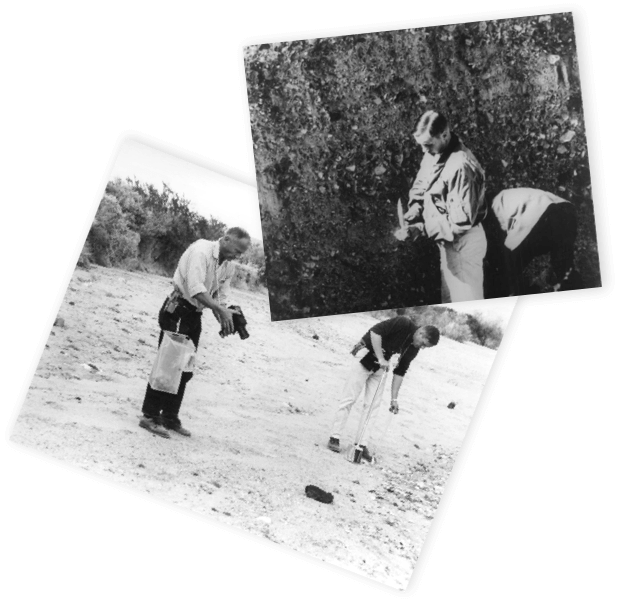
Courtesy of NASA.gov
4/09/1969
NASA Suit Training
For Armstrong and Aldrin, the two astronauts planning to walk the moon’s surface as Collins remained in lunar orbit, suit training required practicing lunar maneuvers and tasks in several locations on Earth before attempting them on the moon. An in-flight KC-135 aircraft from the Wright-Patterson Air Force Base reproduced brief, weightless conditions for the fully suited astronauts. During lunar-surface training at the Kennedy Space Center, the two men tested the Extravehicular Mobility Unit and its Portable Life Support System while practicing anticipated lunar activities in simulated low-gravity designed to replicate the lunar surface experience.
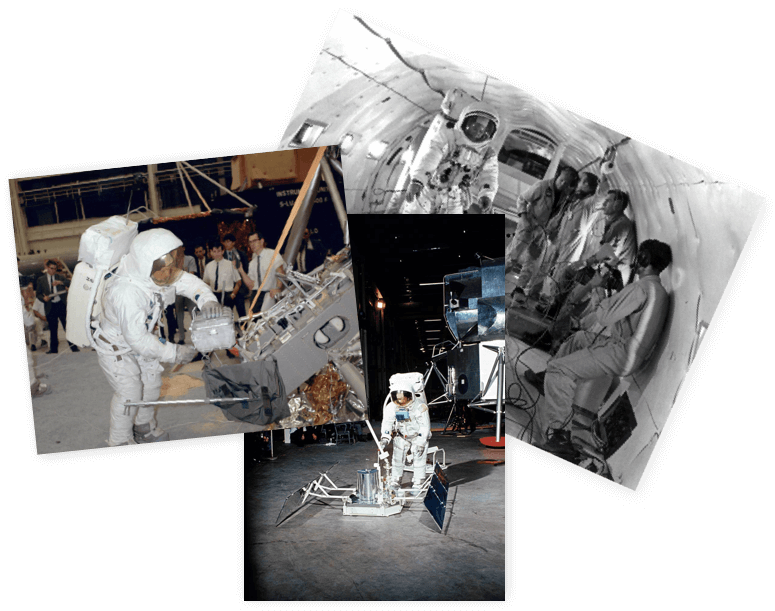
Courtesy of NASA.gov
6/16/1969
Final Training Exercises
As final preparations for the Apollo 11 mission progressed, astronaut training continued at the Manned Spacecraft Center (MSC) in Houston, with the assistance of top NASA engineers. In these photos taken at the MSC’s outdoor mock-lunar surface, space-suited NASA engineer Bob Mason attempts training exercises designed to mimic actual activities planned for the astronauts’ anticipated moonwalk. These involved surface exploration, equipment assembly and facilitating communications. Seven days later, Mission Commander Neil A. Armstrong, Lunar Module Pilot Edwin E. (Buzz) Aldrin and Command Module Pilot Michael Collins were on the launch pad.
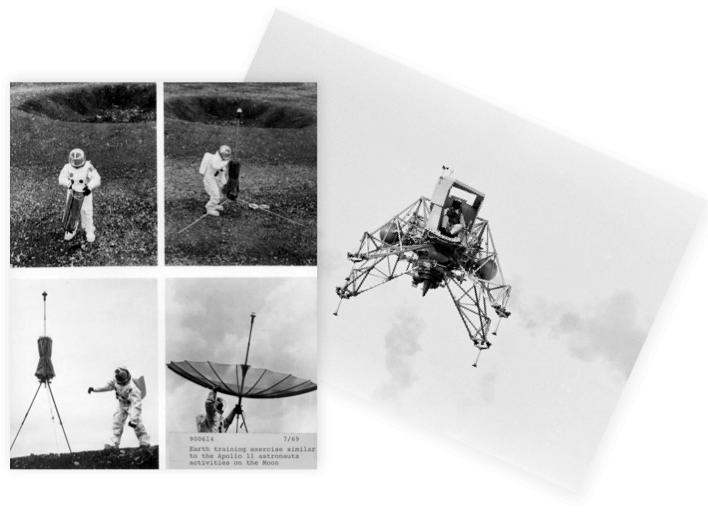
Courtesy of NASA.gov
July 16, 1969
Launch And Moon Landing
Their training complete, Apollo 11 astronauts Armstrong, Aldrin and Collins launched via Saturn V rockets from Kennedy Space Center on July 16, 1969. Once in lunar orbit, Armstrong and Aldrin separated from Collins and the orbiter, moving into the lunar module and firing its descent engines in retrothrust for a soft landing on the moon. Following a systems check and cabin depressurization, the hatch opened, and Armstrong and Aldrin descended the ladder for that first “giant leap” onto lunar soil. They set up a TV camera along with various experiments and instruments, collecting soil and rock samples before it was time to head home.
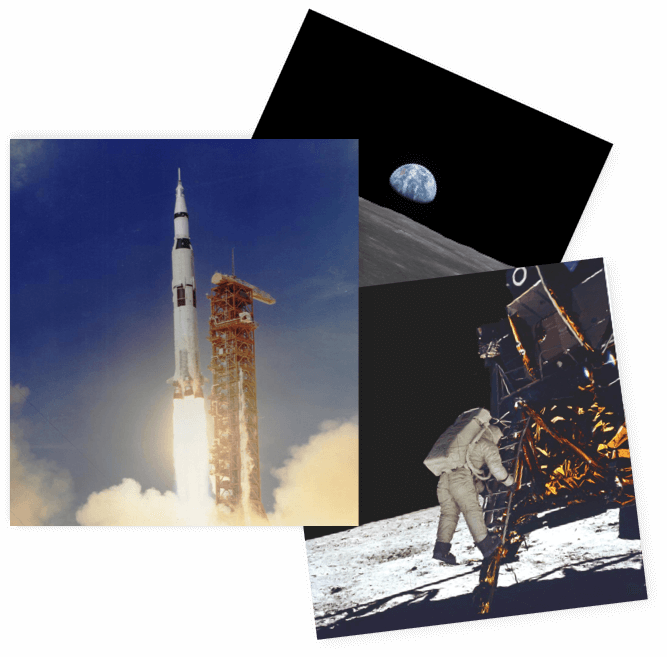
Courtesy of NASA.gov
July 24, 1969
The return to Earth
The return trip meant launching from the lunar surface to reunite with Collins for the journey back to Earth, which involved course corrections throughout, followed by reentry into Earth’s atmosphere. Separation of the command module from the service module prefaced the execution of a 180-degree turn to face the protective heat shield forward, which soon became white-hot during descent. As they slowed down into lower altitudes, stabilizing parachutes popped at the three-mile mark. Main chutes popped moments later, lowering the command module gently into the Pacific ocean, as helicopters with recovery crews stood by. As the three men returned safely to Earth on July 24, Apollo 11’s national mandate had been accomplished with great success.
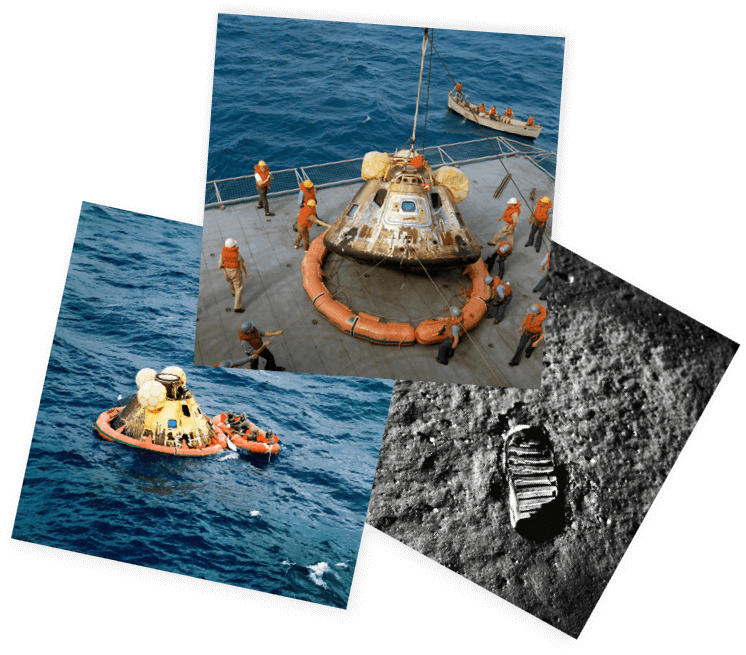
Courtesy of NASA.gov
November 14, 1969
Apollo 12 Mission Launch
Four months after the success of Apollo 11, a sixth crewed Apollo mission launched, also moon-bound but only the second to make a lunar landing. Apollo 12’s crew included Commander Charles Conrad Jr., Command Module Pilot Richard F. Gordon Jr. and Lunar Module Pilot Alan L. Bean. To honor the all-Navy crew, Apollo 12’s insignia featured a classic clipper ship. In the spirit of exploration, just as clipper ships provided access to foreign shores, modern spacecrafts were forging new paths to other planetary bodies. While Gordon remained in orbit, Conrad and Bean landed in the moon’s Ocean of Storms near the Surveyor 3 probe, collecting 75 lbs of rock samples during their 31 hours on the lunar surface. Successful splashdown occurred on Nov. 24.
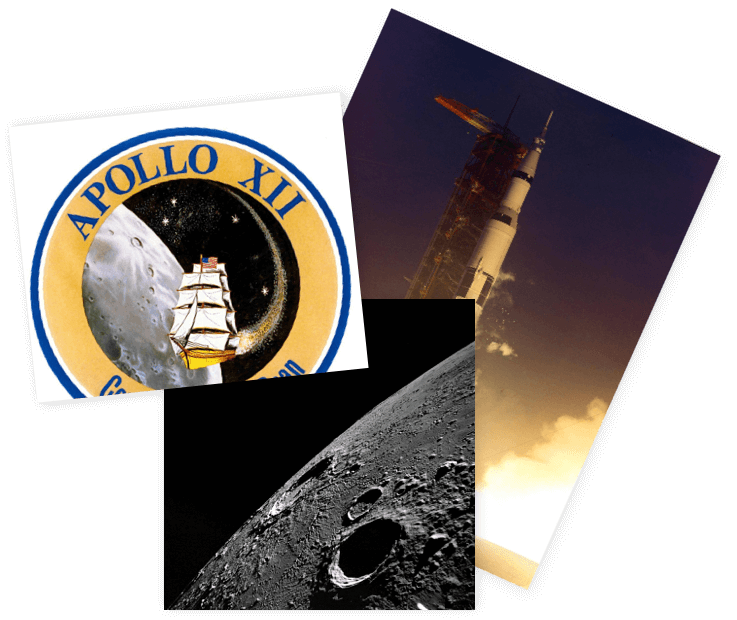
Courtesy of NASA.gov
November 19-20, 1969
Apollo 12 Moon Exploration
As Gordon remained in lunar orbit to pilot the Command Module, also known as The Yankee Clipper, Bean and Conrad landed on the surface of the moon in the Lunar Module, also known as The Intrepid. Exiting down The Intrepid’s ladder for extravehicular activity (EVA), the two men used specially designed hand tools and a carrier to wrangle them. In addition to exploring the Ocean of Storms region on foot during their EVA for moon rocks, the astronauts deployed the Apollo Lunar Surface Experiments Package, which included a central station, a Passive Seismic Experiment, a Suprathermal Ion Detector Experiment and other important experiments.
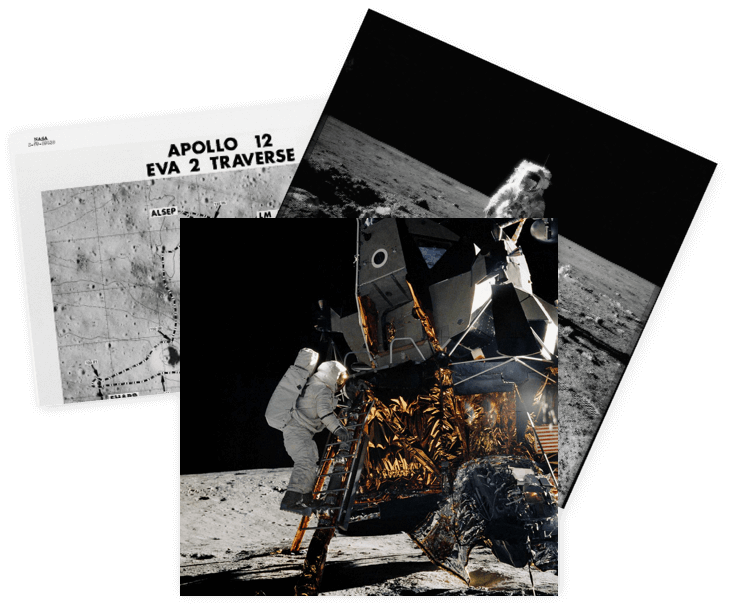
Courtesy of NASA.gov

